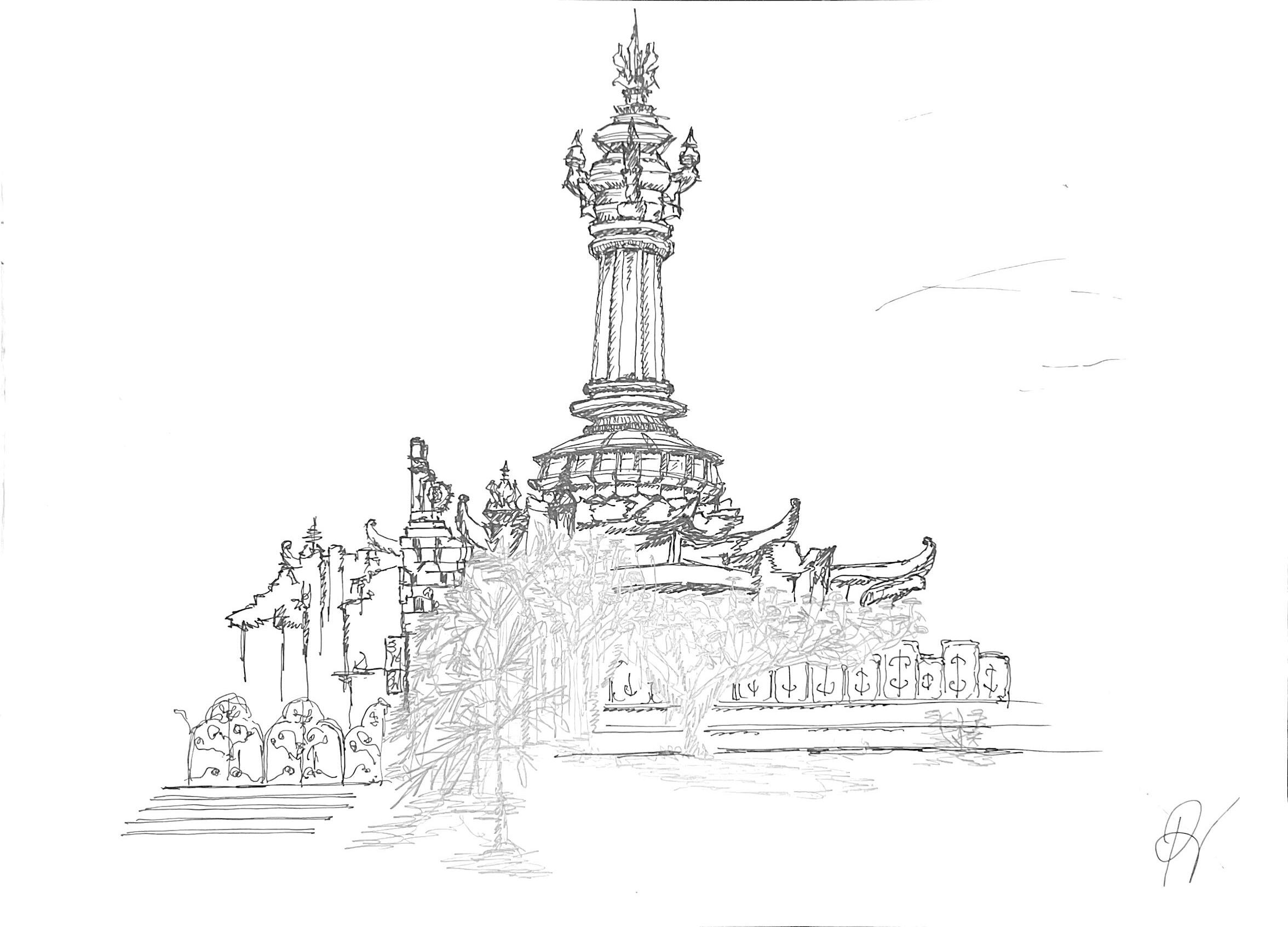

Introduction
Southeast Asia architecture takes us on a journey through 11 countries, holding the vernacular history of over 700 tribes. Vernacular architecture, Iʼve come to understand, is easier to appreciate when viewed as architecture without architects. Passed down from one generation to the next, it's often referred to as spontaneous architecture. Each structure is built with careful consideration of the needs, beliefs, and traditions of our ancestors. Every building type, with its unique characteristics, emerges from the local context, available resources, and specific construction techniques.
Settlements & House types
Traditionally, most people have been living in villages, on top of the hills, on a road, along streams, near a lake or on a canal. Living near or on water is specific for places like Burma, Malay and Southeast Sulawesi. In the context of Bali, it is important to understand the origin of the islandsʼ name. Origin Balinese people are called Baliaga, which comes from the word Agra, that means mountain. Because of the relief of the island and traditional village types, Balinese people have been called “the mountain people”. Depending on the nature and traditional beliefs, there are several different settlements & house types.
The Pile Dwelling
The Pile Dwelling is a house with a very high roof that forms 2/3 of the whole building height. This kind of roof is developed in order to provide better air flow and air circulation in the building. Examples of these kind of houses are The Rong House in Vietnam, Mulay House and Long House in Burma. There is also a variation called the floating dwelling that is built on the sea. Sea becomes the homeland for the Bajau tribe. These houses can be found in Burma, Sulawesi, Kaladupa and Tomyia.
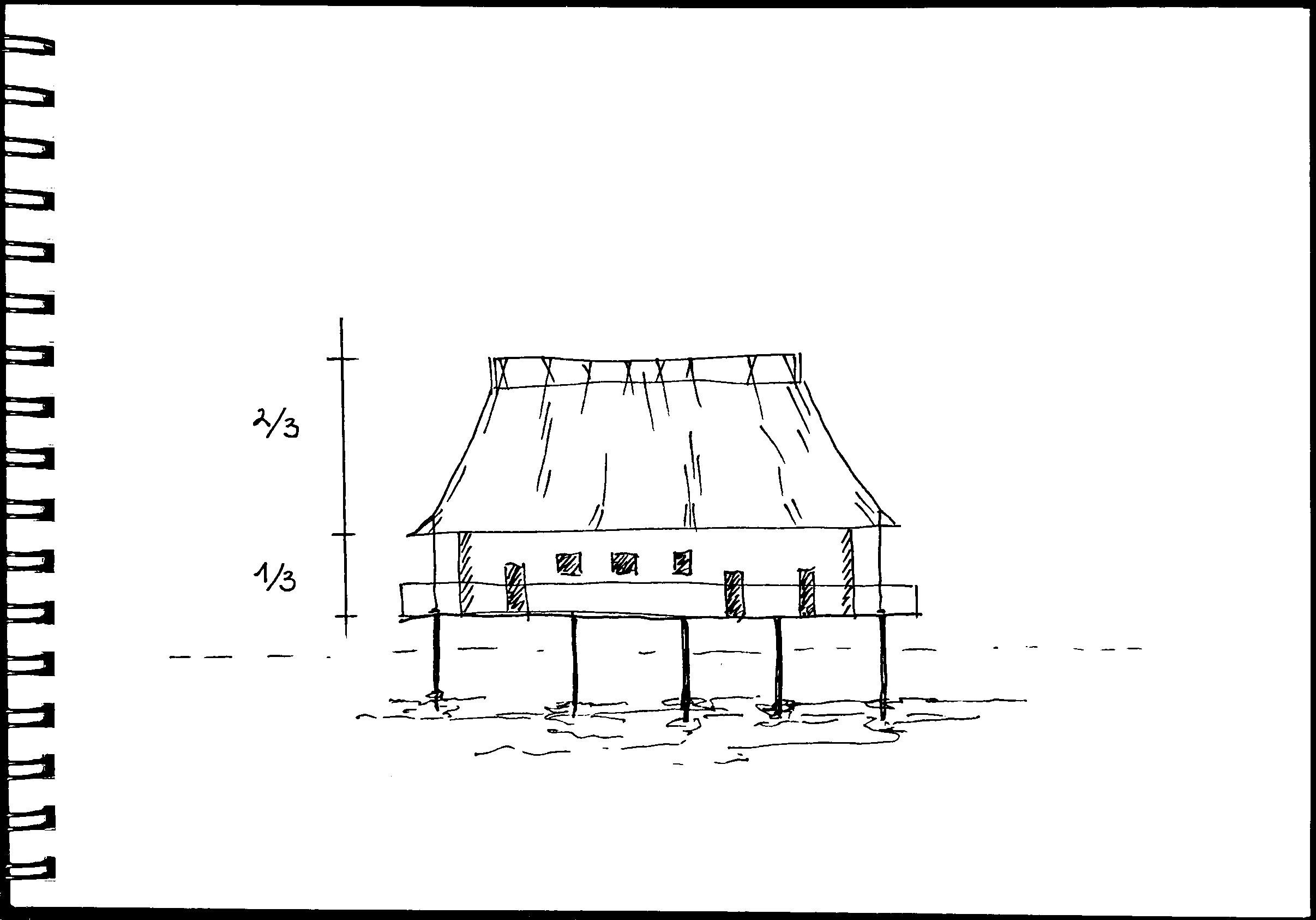
The more common building type is the house built on the ground. These buildings in Bali have an influence of Indian culture and also represent Hind beliefs. Philosophy of Pancha Mahabhuta that consists of the five elements that created the universe and also created us and everything around us. This emphasizes the importance of connecting with the five elements — earth, water, fire, air, and akasa (space/ether). It is a way to achieve a balanced, healthy life free from illness, old age, and death. It highlights the idea that our environment, particularly our homes, should integrate these elements. By doing so, we align ourselves with nature and maintain harmony with the elements, which can be incorporated into our living spaces in various ways to foster this connection.
Building layout
The main goal of the building layout is the harmony between God, Human and Nature. It is called Tri Hita Kharana which means three causes of well-being. These
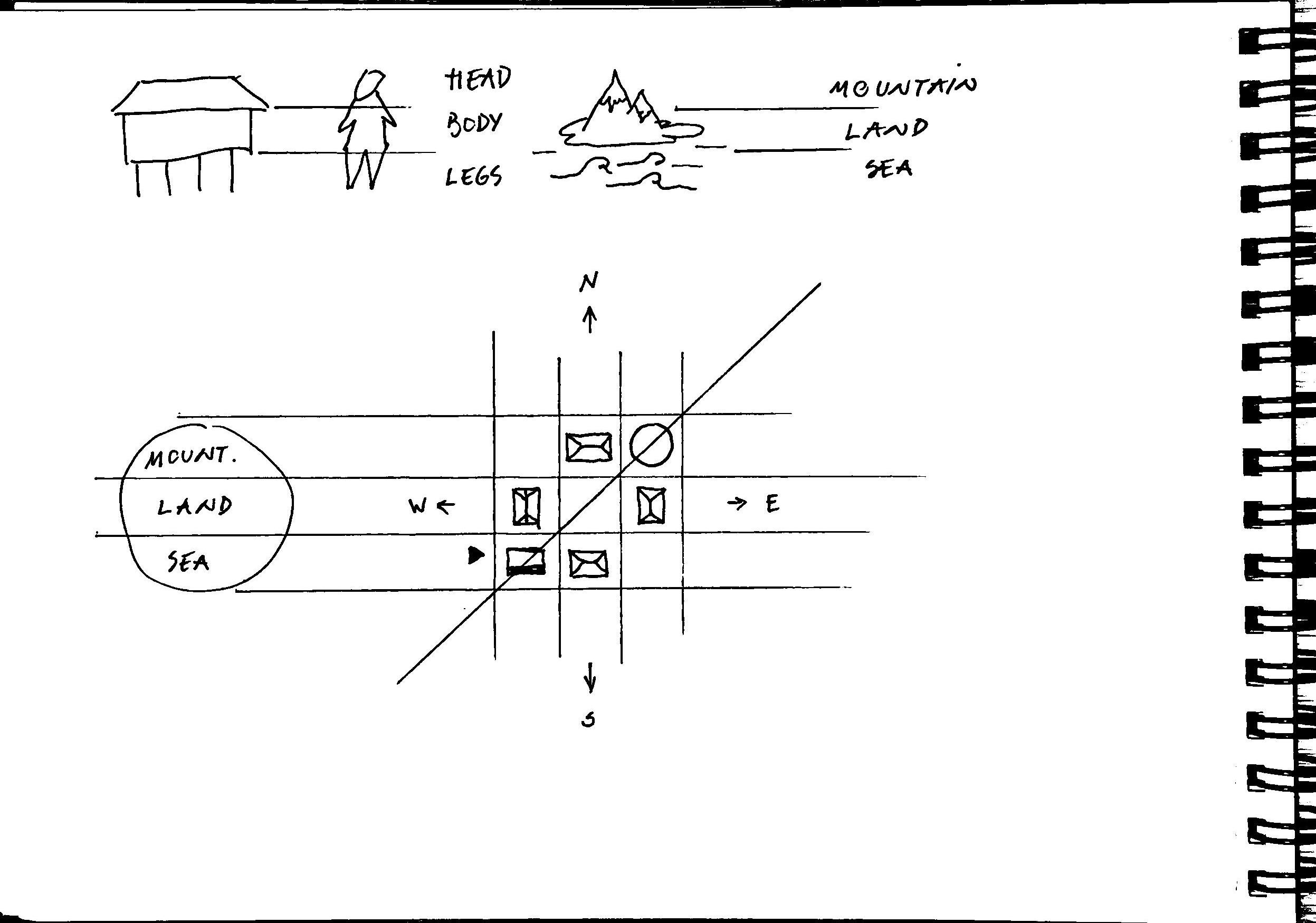
Home example

The most sacred place in the grid, is the upper right corner, which is the place for the family temple. Bale is an open-air pavilion type building that can be the bedrooms of children or a place for guests. The interior is consideredasthepartofthebuilding that is under the roof, even if a part of the building is opened up. Natah is the empty space, also referred as “emptiness as manifestation”. Space for new and good thoughts.
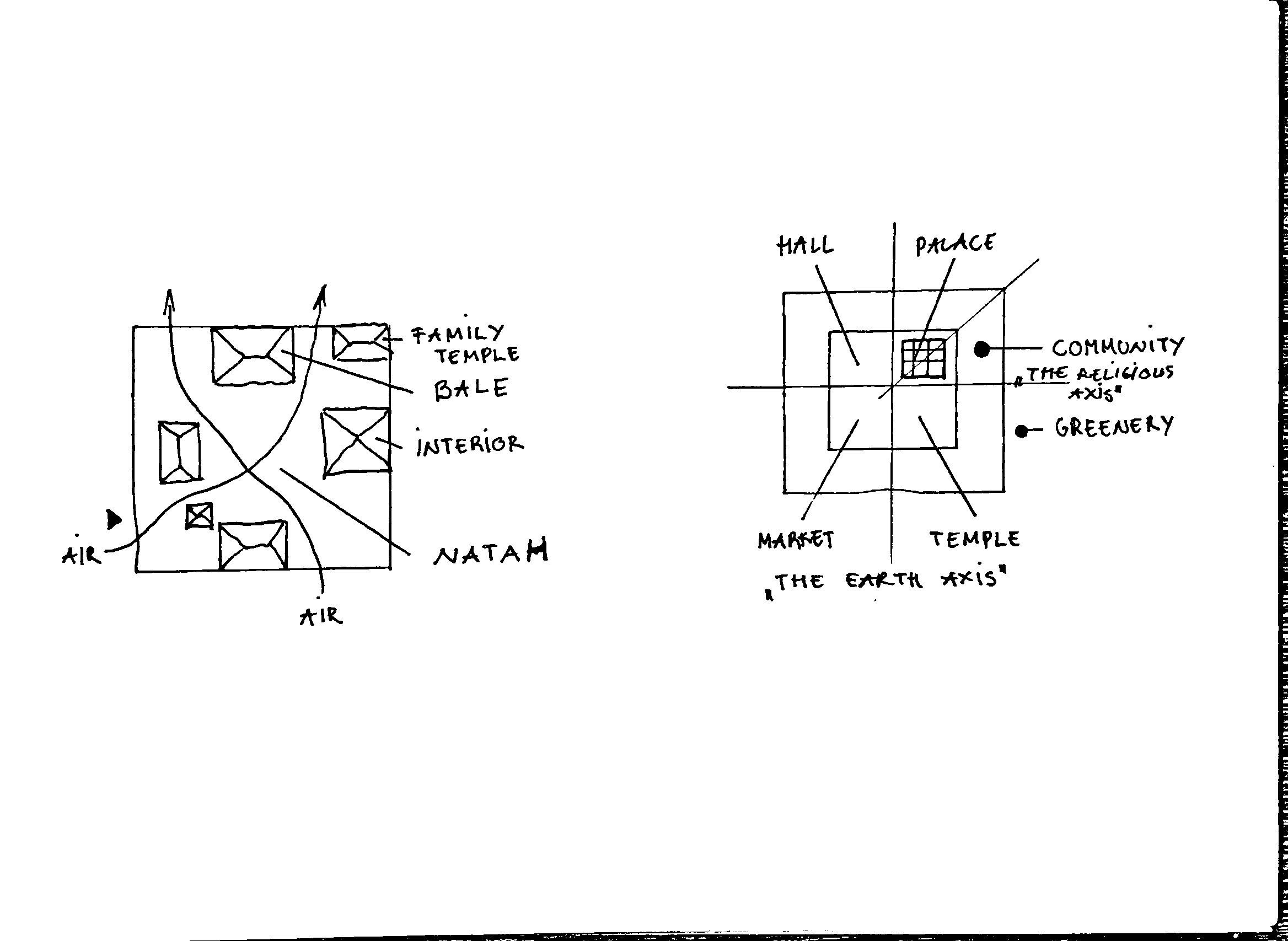
Sanga Mandala
Village layout
Village layout is similar to a traditional Balinese home layout, but scaled up and made for more people. Villages have been developing around a center that has facilities for public use. There are some important public buildings, such as hall, market and palace, that make the village whole. Bigger villages tend to have a wall around the whole village that has a gate in every cardinal direction. A village has

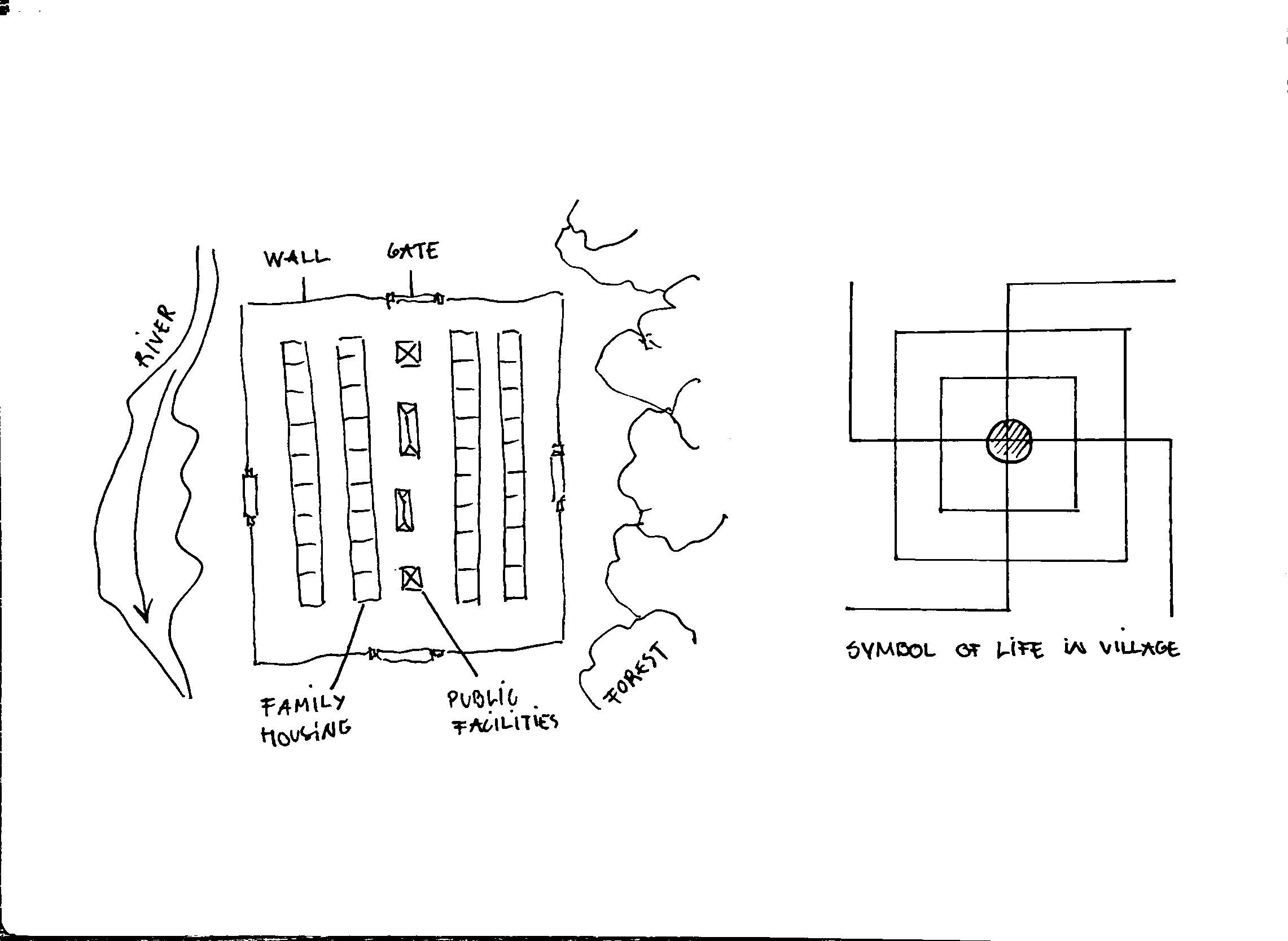
Tenganan Village is one of the oldest Baliaga villages, maintaining distinct cultural traditions and practices. The village is laid out in a rectangular grid with protective stone walls, symbolizing its isolation. Houses are arranged in parallel rows and centered around communal spaces like pavilions and temples, which play vital roles in social and religious life. The village follows strict spiritual and spatial organization, emphasizing a deep connection with nature and traditional crafts like double ikat weaving.


Building Technology

Construction method
Twomainconstructionmethodsinvernaculararchitecturehavebeenassemblingand carving. Assembling stands for building a form with prefabricated pieces of different materials and carving is a way of subtracting from a big chunk of material until it is resembling the form wanted.
Assembling
The most commonly used material in assembling is wood, that is why the knowledge of carpentry in Southeast Asia is highly important and has been passed down by generations. Nowadays it is easier to get hands on different construction materials, but back in the days, the only way to assemble a building, was using joints. That gave people the opportunity to assemble the whole building without any nails etc. Two popular types of assembled houses here are Joglo and Limasan house.
Carving
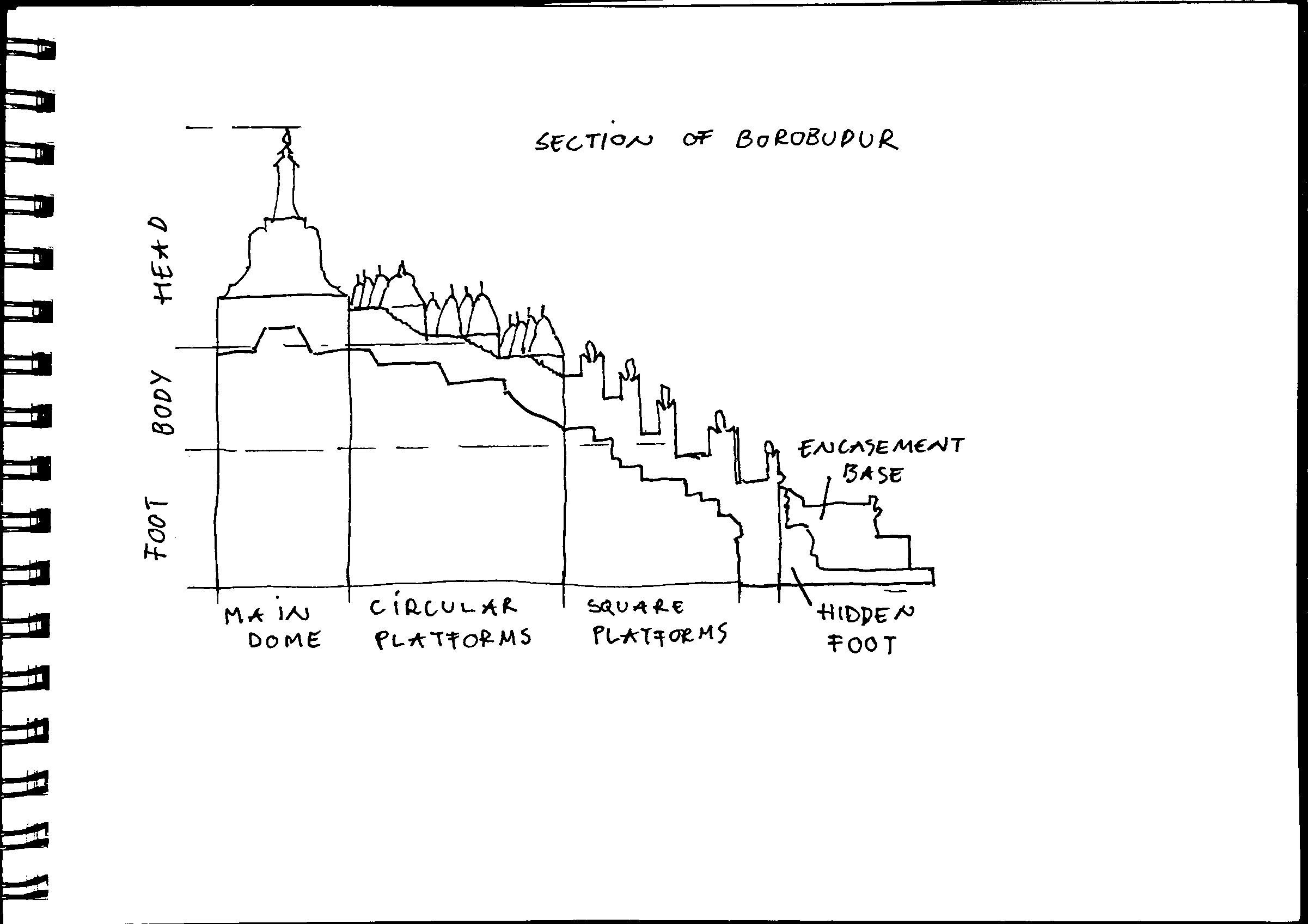
The carving procedure involves meticulous techniques that transform raw materials like stone and wood into intricate designs, often reflecting religious motifs and cultural narratives, through a combination of traditional hand tools and skilled craftsmanship. The carvings often depict mythological creatures, deities, and scenes from religious epics such as the Ramayana and Mahabharata, particularly in Hindu and Buddhist sites like Angkor Wat in Cambodia and Borobudur in Indonesia.
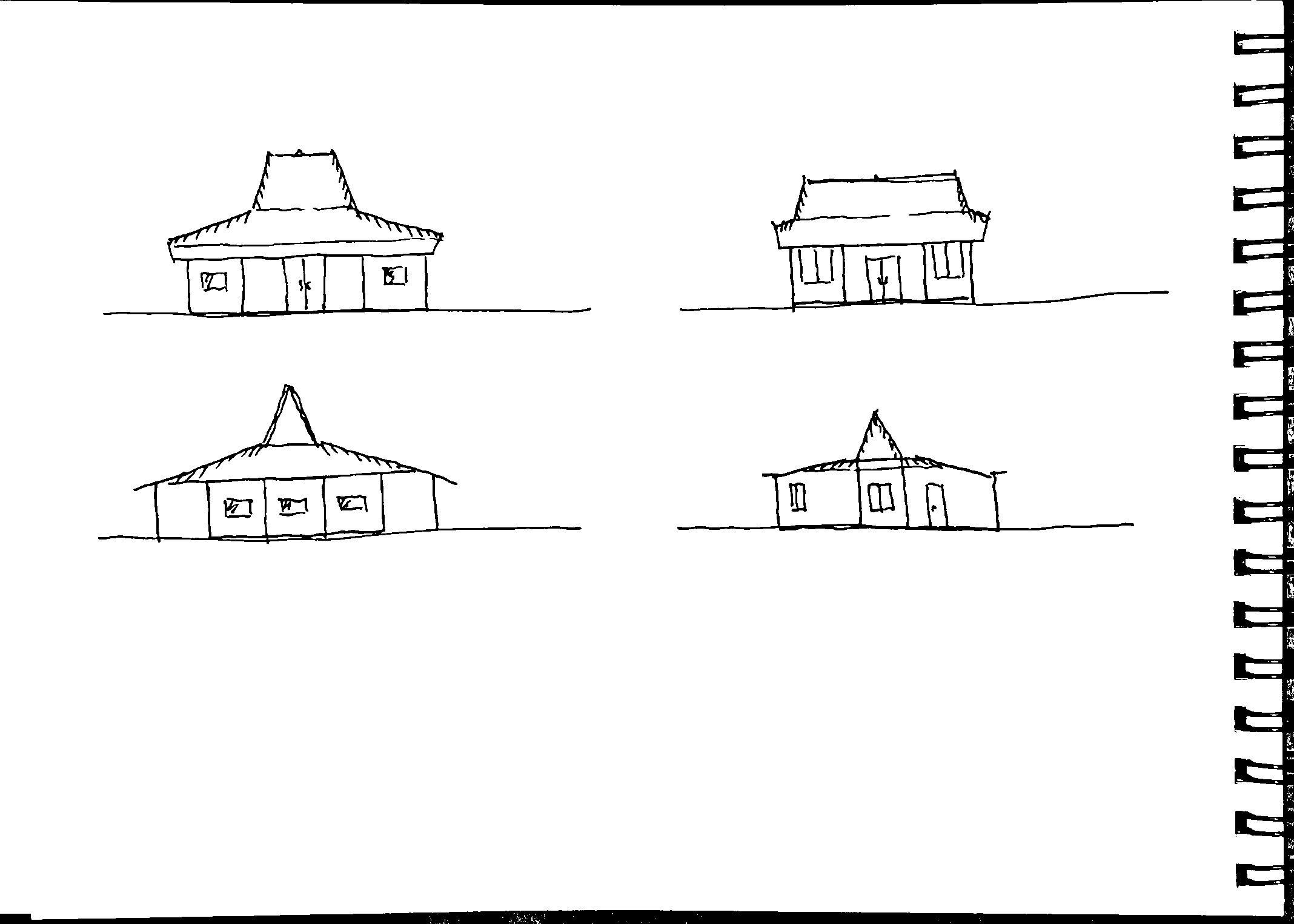

Borobudur Temple
The Buddhist monument is famous for its intricate carvings that illustrate Buddhist teachings and stories. Comprising over 2600 relief panels made from volcanic stone. Due to volcanic activity and environmental factors, Borobudur is slowly sinking underground, raising concerns about its preservation and the need for ongoing conservation efforts.
Joglo
Limasan
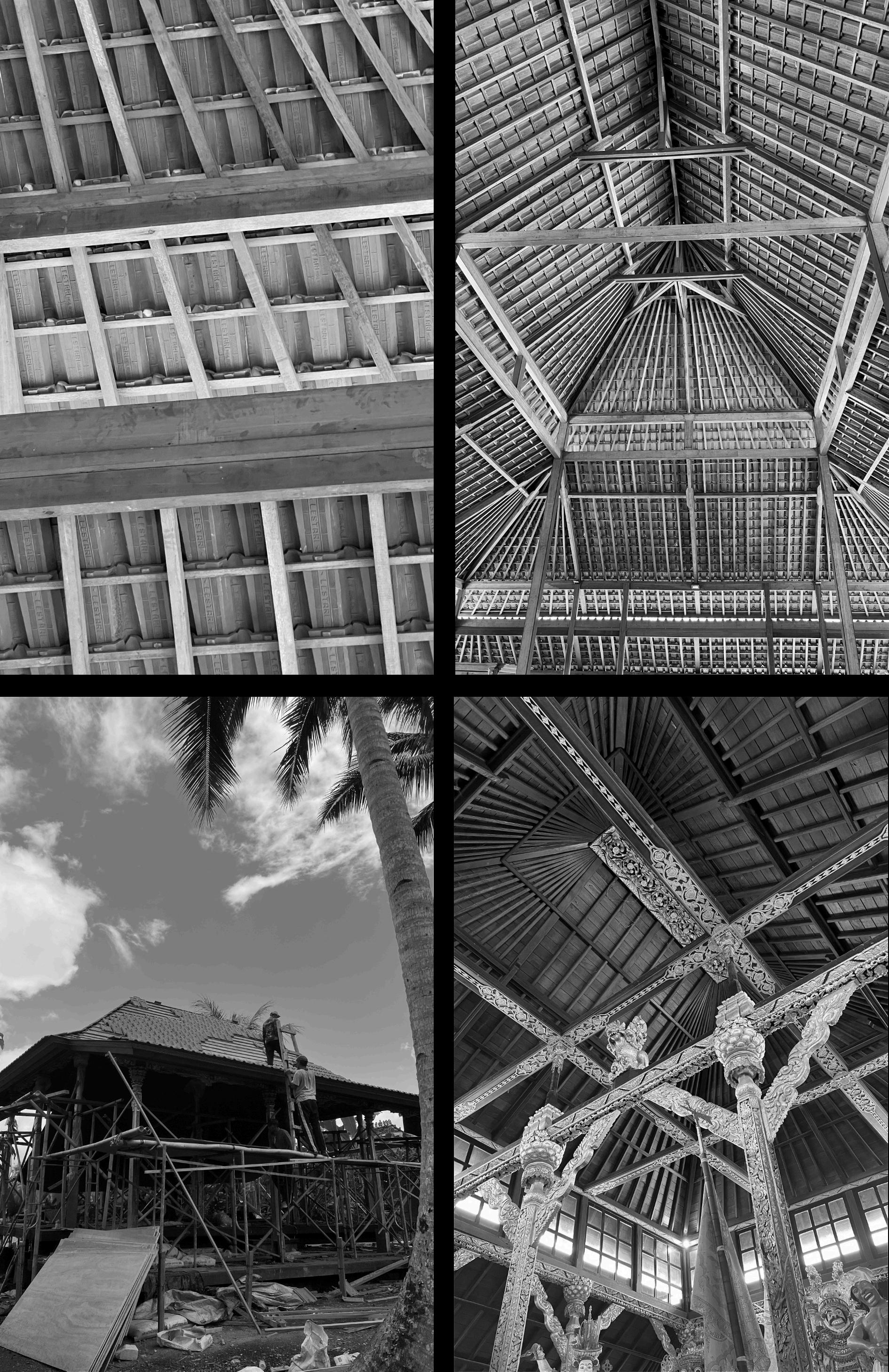
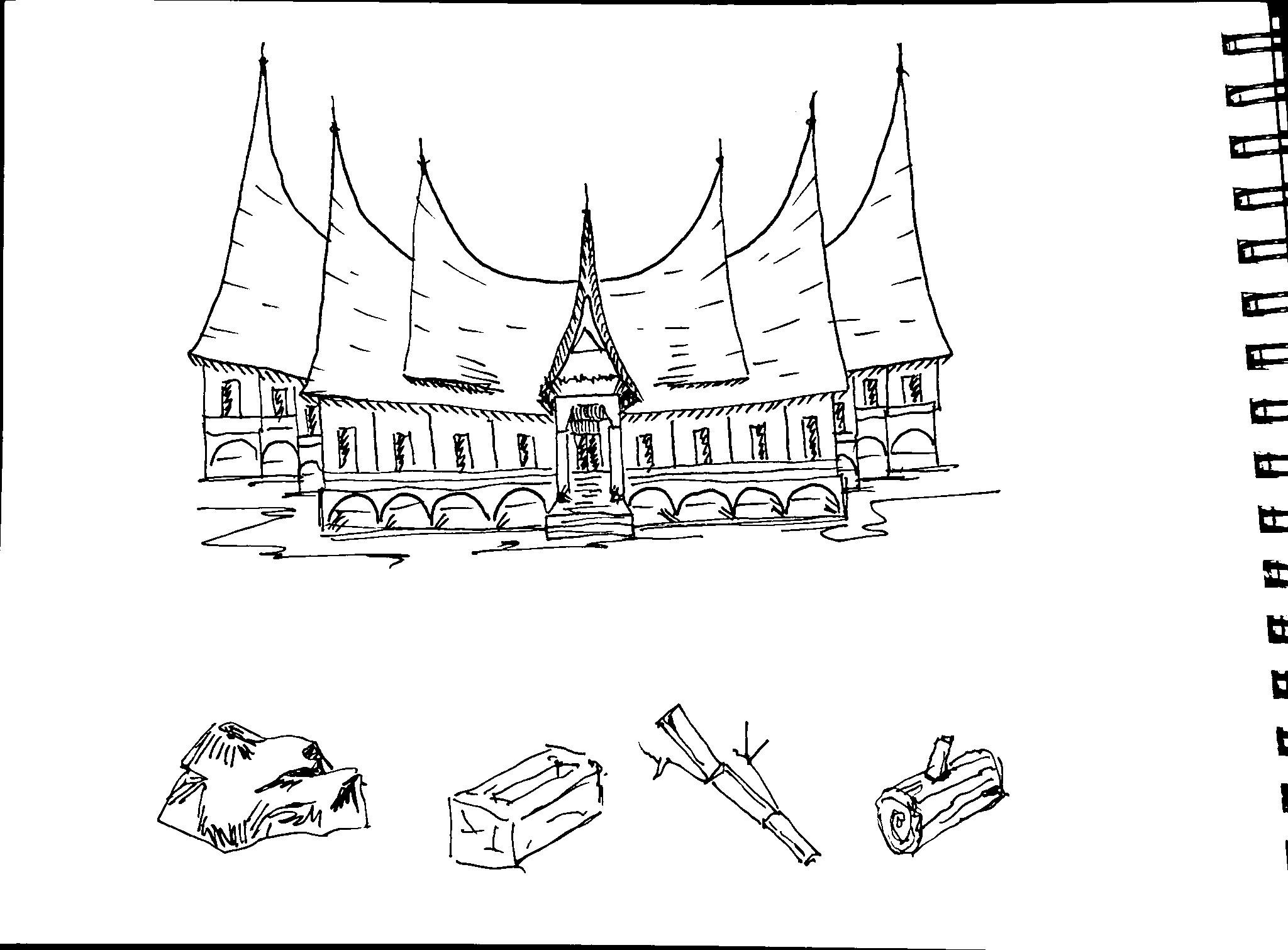
Rumah Gadang, a traditional house of the Minangkabau people in West Sumatra, Indonesia, exemplifies a permanent building type in Southeast Asian architecture. Characterized by its distinctive curved roof, which resembles the horns of a buffalo, Rumah Gadang is constructed from sturdy materials such as timber and bamboo, ensuring durability and stability. The house is often elevated on stilts, providing protection from flooding and promoting ventilation in the humid climate. With its intricate carvings and spacious layout, Rumah Gadang serves not only as a functional living space for extended families but also as a symbol of cultural identity and social cohesion within the Minangkabau community.

The Honai house, a traditional dwelling of the Dani people in Papua, Indonesia, exemplifies an ephemeral building type in Southeast Asian architecture. Constructed primarily from natural materials such as wood, bamboo, and thatch, the Honai is designed to be lightweight and easily assembled, reflecting the nomadic lifestyle of its inhabitants. Typically round in shape, with a conical thatched roof, the structure provides efficient insulation against the region's cold mountain climate.In a Honai village, these houses are often arranged in clusters, with communal spaces and gardens nearby, fostering a strong sense of community and cooperation among families. The Honai serves as a central gathering place, offering warmth and shelter while being adaptable to seasonal movements, highlighting the cultural adaptability
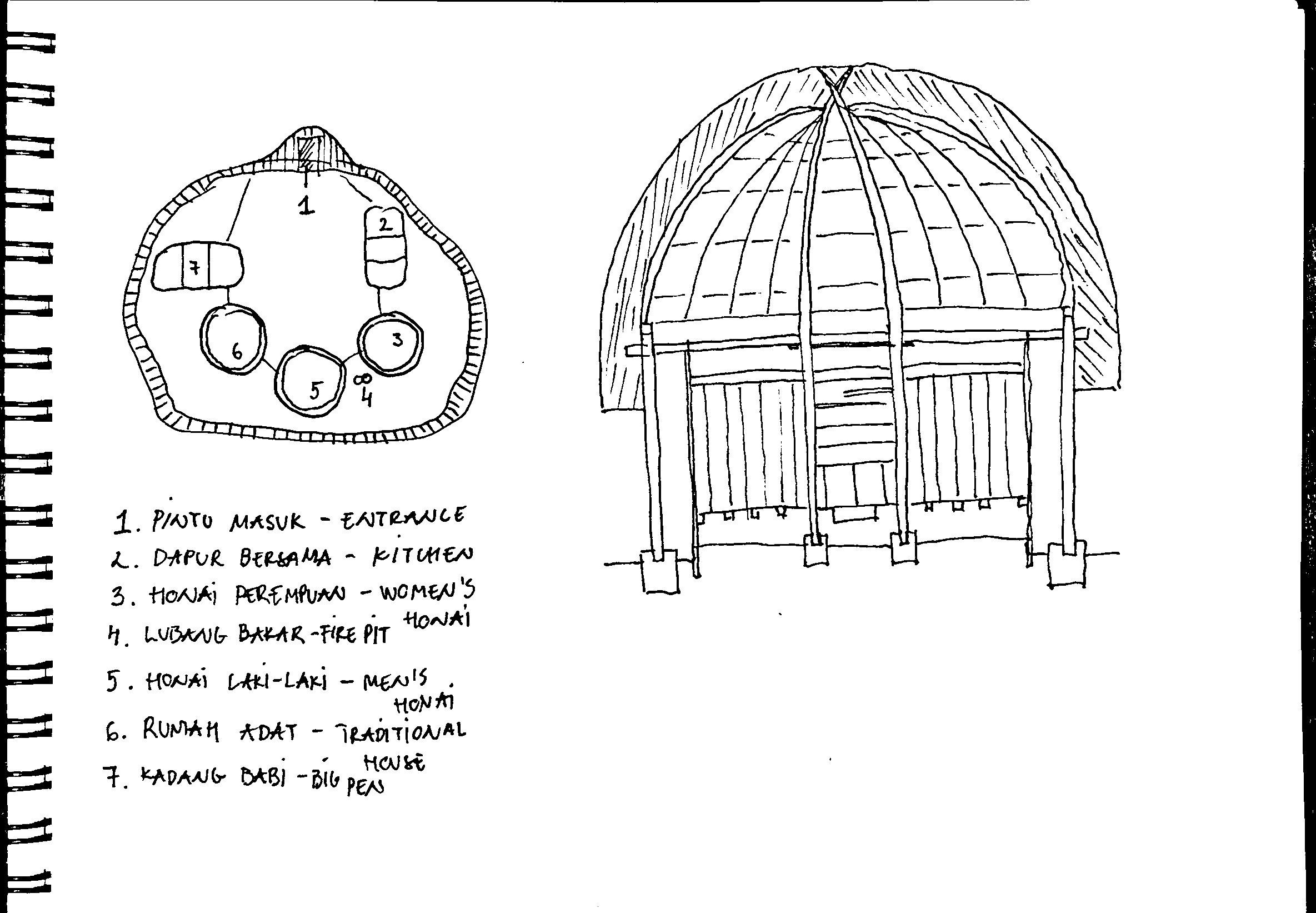
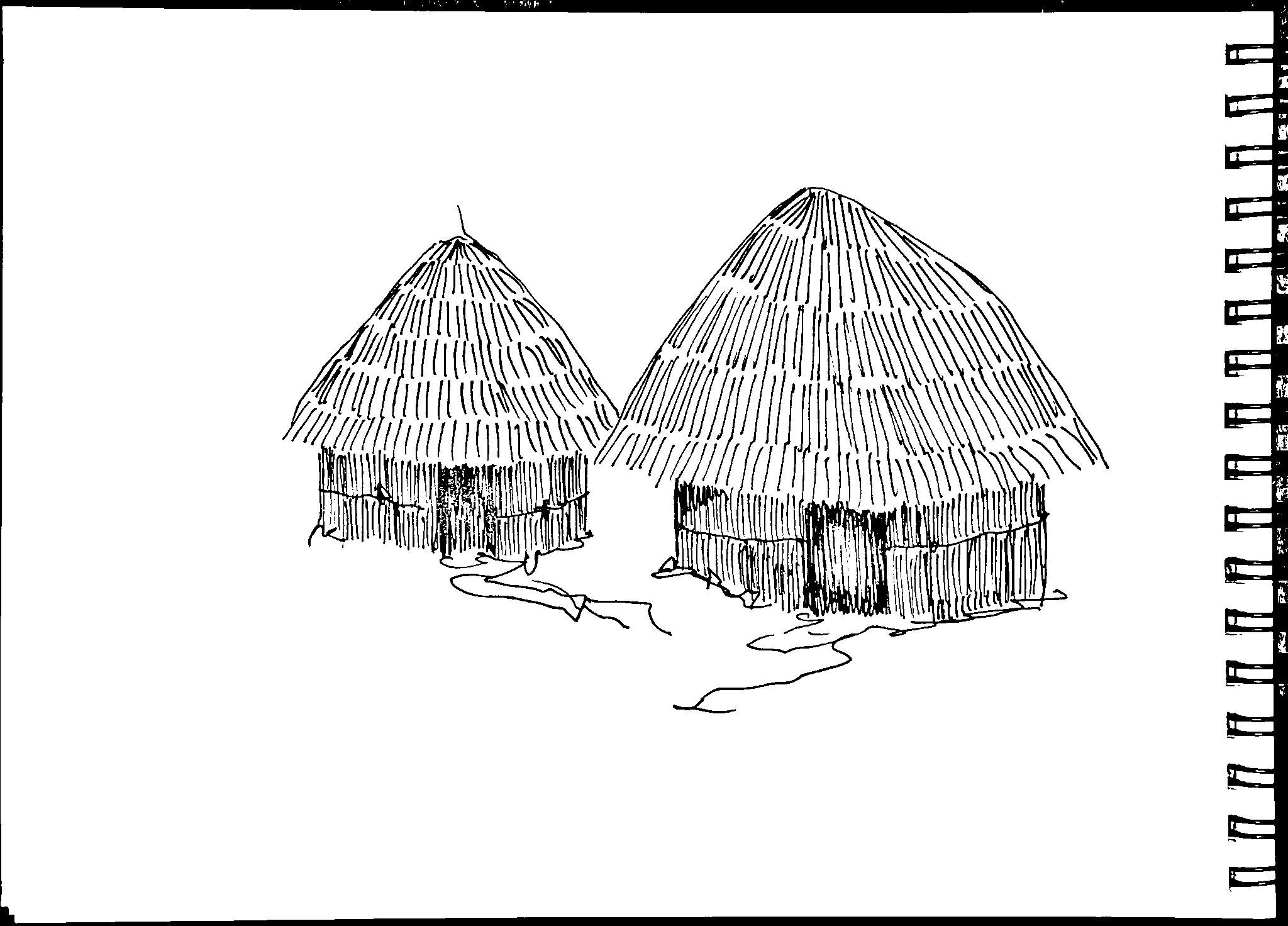

House Rituals
House construction in Southeast Asia is deeply rooted in cultural traditions and rituals. Before building begins, ceremonies often invoke blessings from local spirits or ancestors to ensure spiritual harmony and protection. Community involvement during the construction process fosters social bonds and reinforces cultural identity. Once completed, the house is inaugurated with a ceremony that signifies its transformation from a physical space into a sacred home, emphasizing the connection between architecture, spirituality, and community.
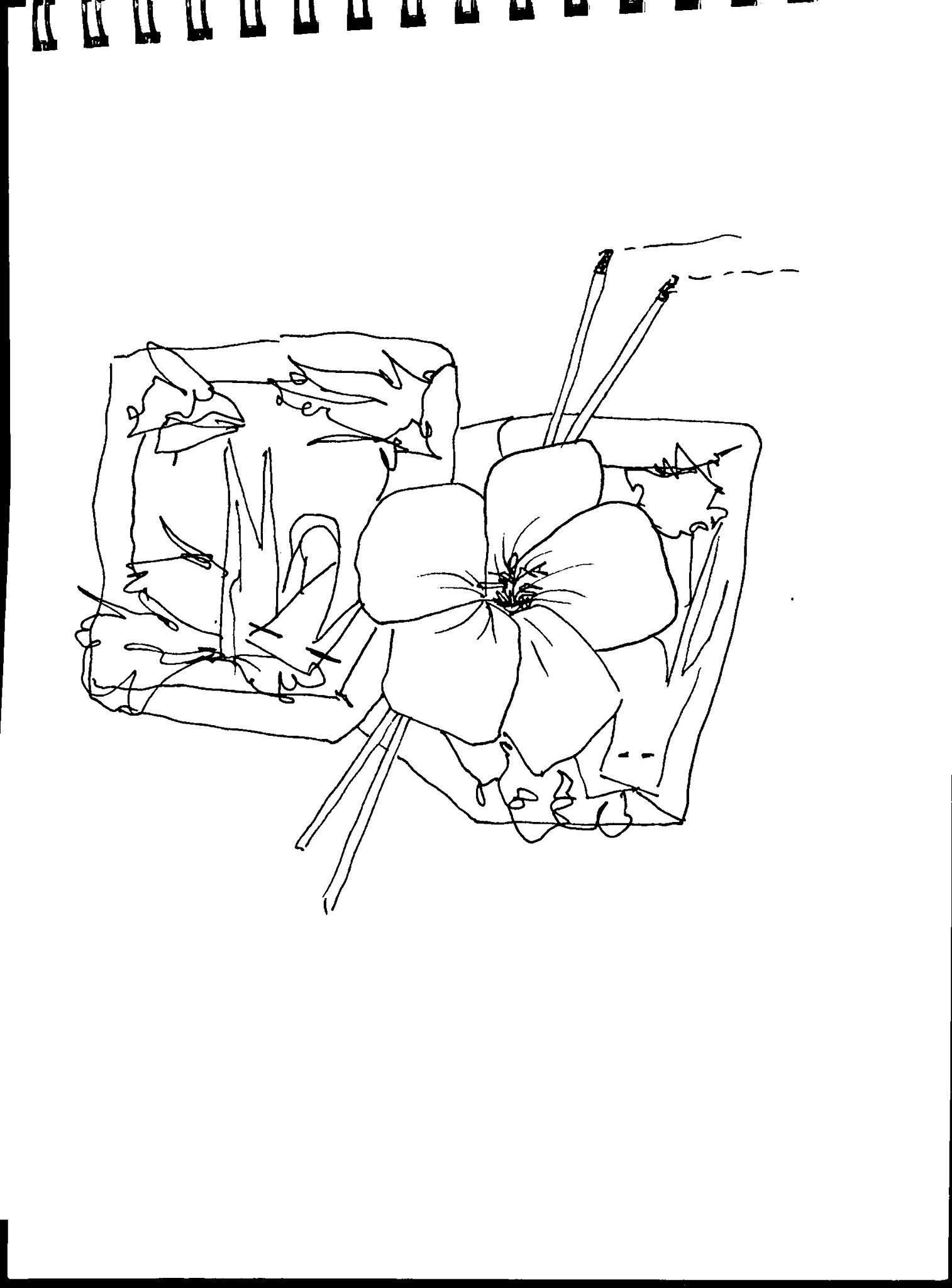
4 Ceremonies
Site Selection and Groundbreaking Ceremony
Before construction begins, rituals are held to choose an auspicious location for the building. This often involves consulting spiritual leaders or shamans to determine the most favorable position based on geomancy or the land's energy. Once the site is selected, a groundbreaking ceremony takes place, where offerings such as rice, flowers, or incense are presented to the earth spirits to seek their blessings and permission to build. This ritual is believed to protect the construction process and future inhabitants from harm.
Foundation Laying Ceremony
The foundation laying ceremony is a pivotal moment, marking the start of the building's physical structure. In many Southeast Asian cultures, symbolic objects like coins, precious metals, or religious relics are placed in the buildingʼs foundation to attract prosperity and good fortune. These objects are believed to protect the structure and its occupants from negative forces. The placement of the first stone or pillar is often accompanied by prayers or chants from religious leaders, ensuring that the building is blessed from the ground up.
Roof-Laying Ceremony
As the building nears completion, a roof-laying or topping-off ceremony is held. This is seen as a key ritual to mark the buildingʼs progression towards being a complete and functional space. In some traditions, a small feast is held for the construction workers, and symbolic items like woven leaves, flags, or offerings are placed on the roof to ensure the structureʼs continued stability and protection. The ritual aims to express gratitude for the safe progress of the build and to safeguard the roof, which is viewed as a protector of the family or community living beneath it.
House Blessing Ceremony
Once construction is finished, a house blessing ceremony is performed before the newbuildingisoccupied.Religiousorspiritualleadersareinvitedtoblessthespace, often by sprinkling holy water or lighting incense throughout the building. Offerings of food, flowers, or candles are made to honor the spirits and ancestors, inviting positive energy into the home. This ritual not only ensures spiritual protection but also marks the building's transition from a construction site to a sacred, lived-in space.
Each of these rituals highlights the regionʼs strong belief in the interconnectedness of physical and spiritual realms, with the construction process viewed as both a technical and sacred act.
Broadening one's horizons
During my time here in Bali, I have tried to maximize every opportunity to travel around and see as much of the culture as possible. I am grateful that our school has provided us an exciting excursion or workshop every Thursday, that really gave me the chance to immerse myself more into the Balinese traditions. In addition to that, me and my new friends from university, we embarked on different adventures on neighboring islands such as Lombok, Gili T and Flores. In this chapter, I am inviting you to get a glimpse of my travels.
Ubud
At the end of the second week of the school, I was invited to join a weekend getaway in Ubud. We booked us a small villa and hopped onto our scooters. About an hour drive from Seminyak and we were surrounded by rice fields and nature. In
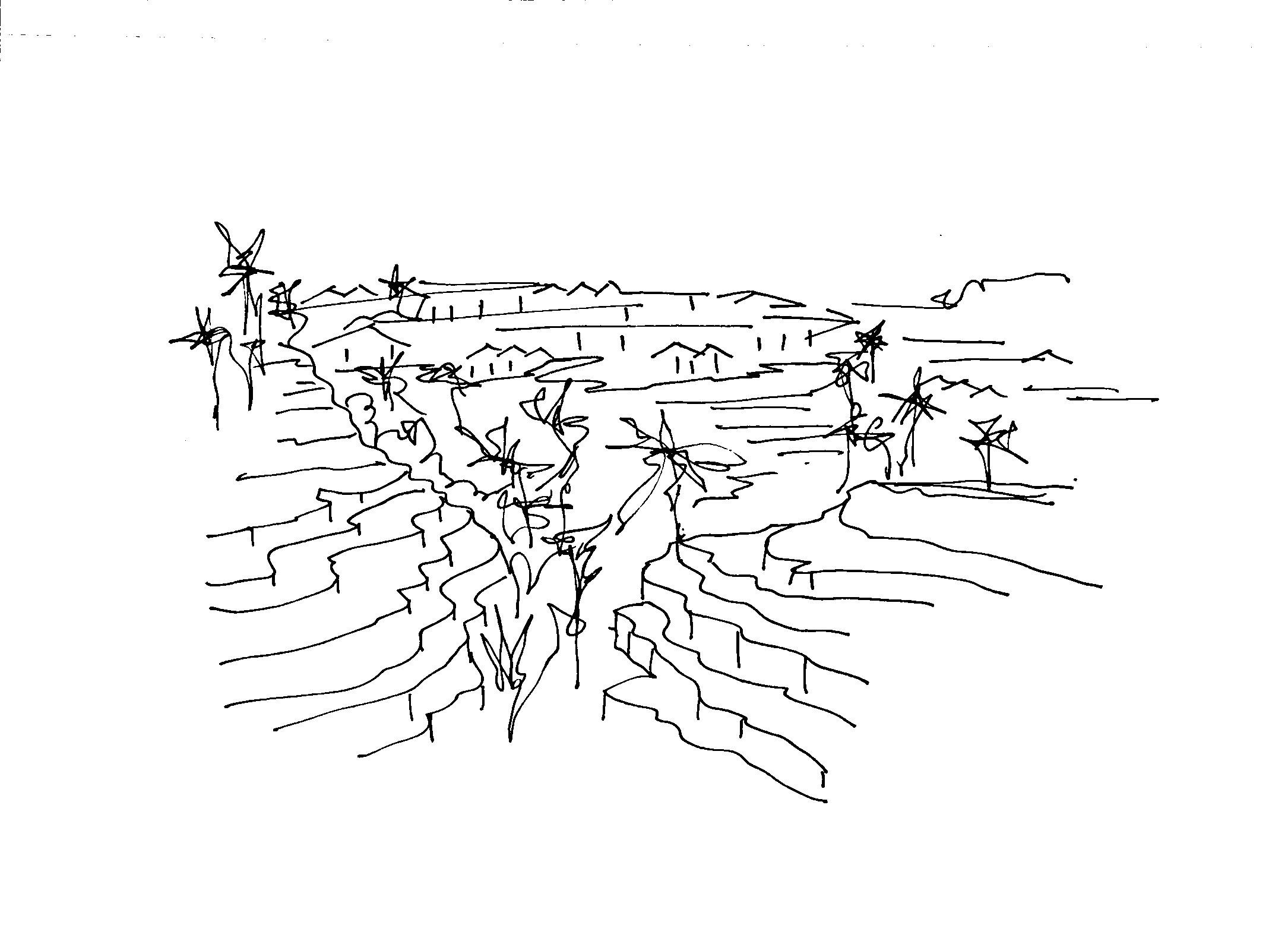
really was hidden and we never found the trail. Instead, we went to see the Tegenungan waterfall. As I was there four years ago, it was quite surprising to see the big changes that had taken place. A once wild waterfall was now surrounded by an elevator, beach club type facility and a glass bridge. Sadly, the feeling wasnʼt so special as my first visit, but a dip in the water was a good refreshment before heading back home.
Little did we know that it was not the last time that we were about to visit Ubud.
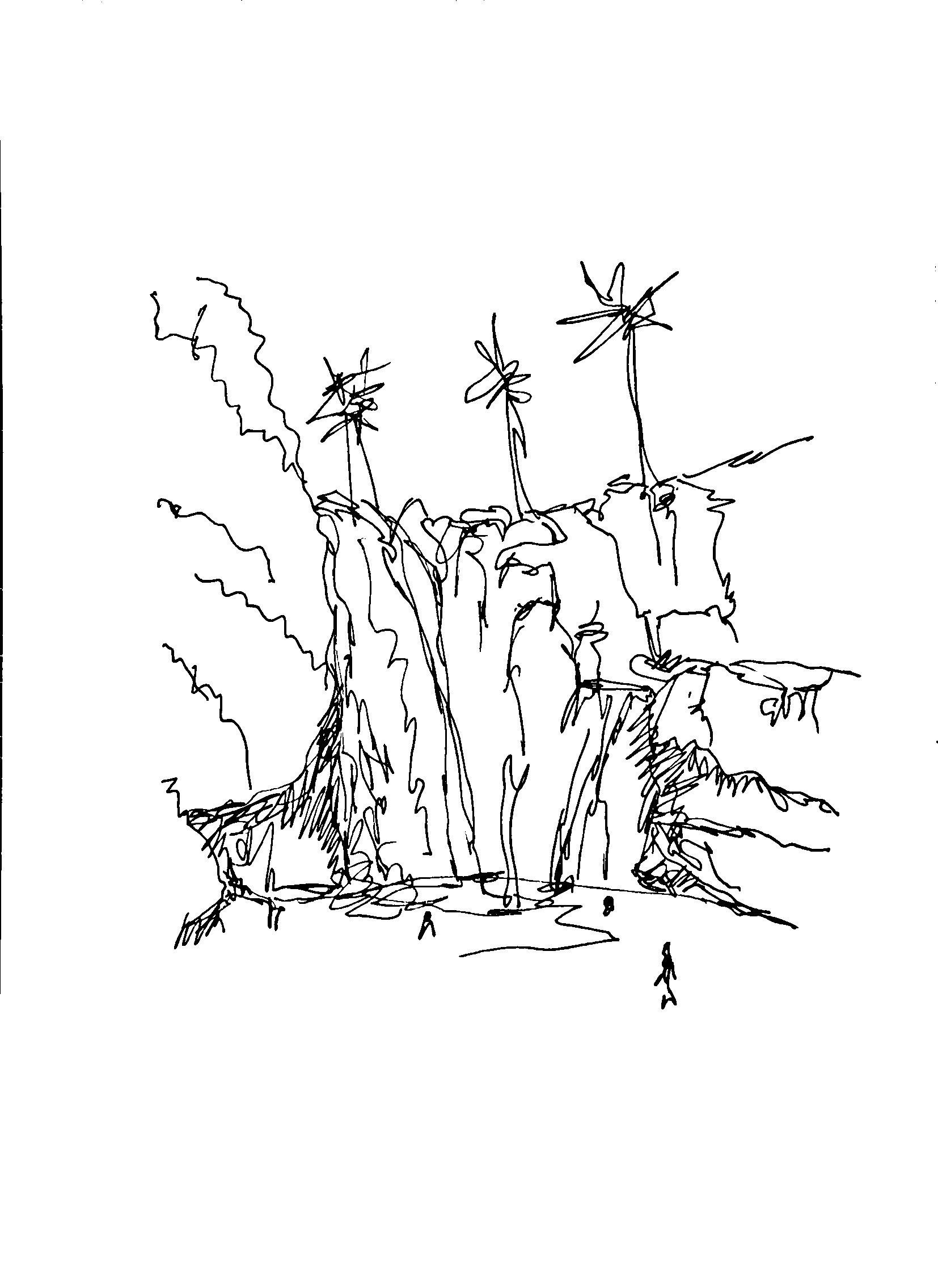
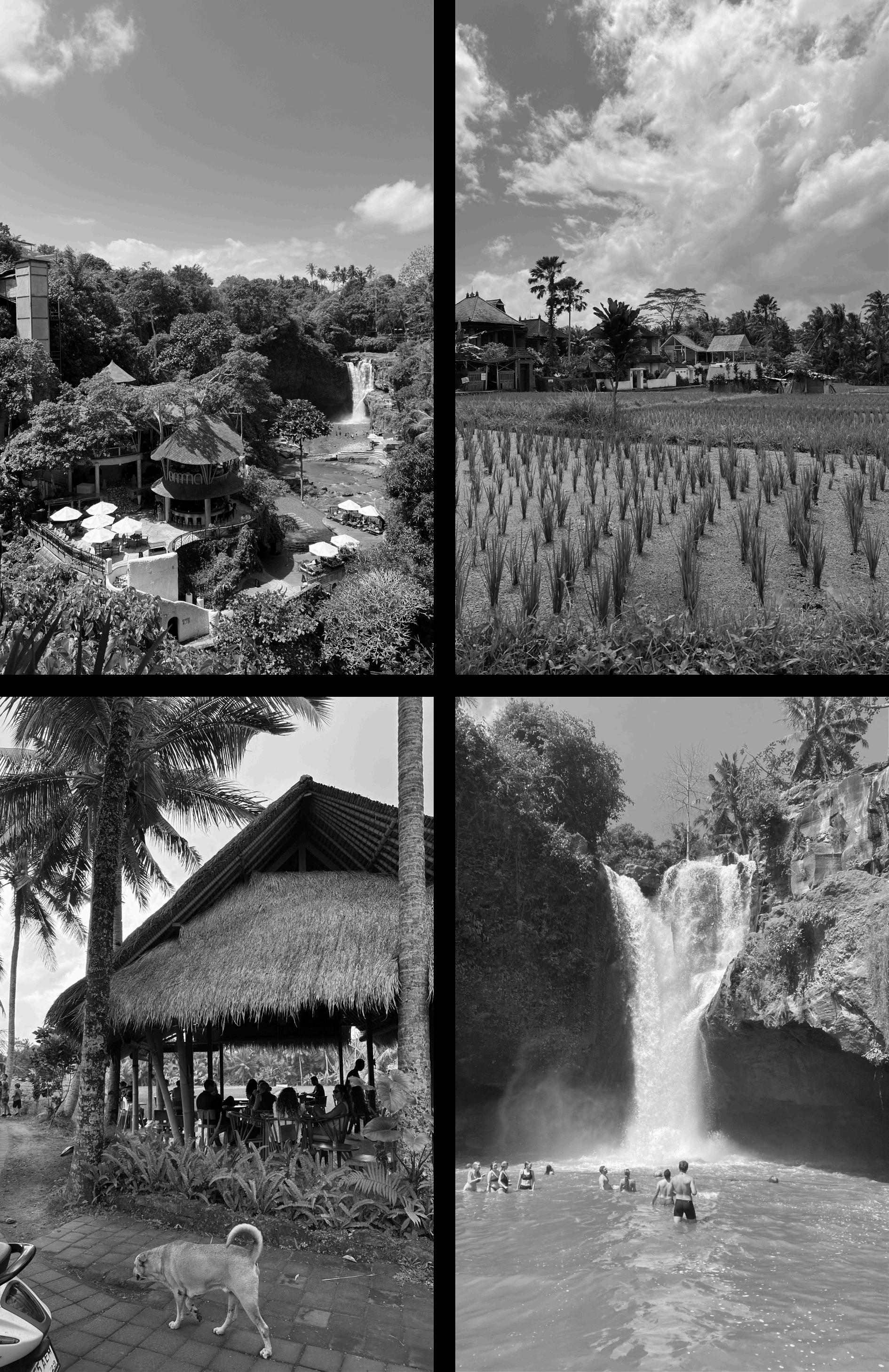
Bali Museum
IvisitedtheBaliMuseumandimmersedmyselfinBalinesecultureandhistory.Inside, I learned about the unique Balinese calendar, with its intricate cycles and spiritual significance, and marveled at the detailed Yeh Pulu reliefs that tell stories of ancient Balinese life. I also discovered the rituals of Dewa Yadnya, ceremonies honoring the gods, and saw beautifully crafted sculptures, pottery, and traditional masks used in Balinese dance performances. The museum itself was designed in authentic Balinese architectural style, feeling like stepping back in time.
Pasar Badung
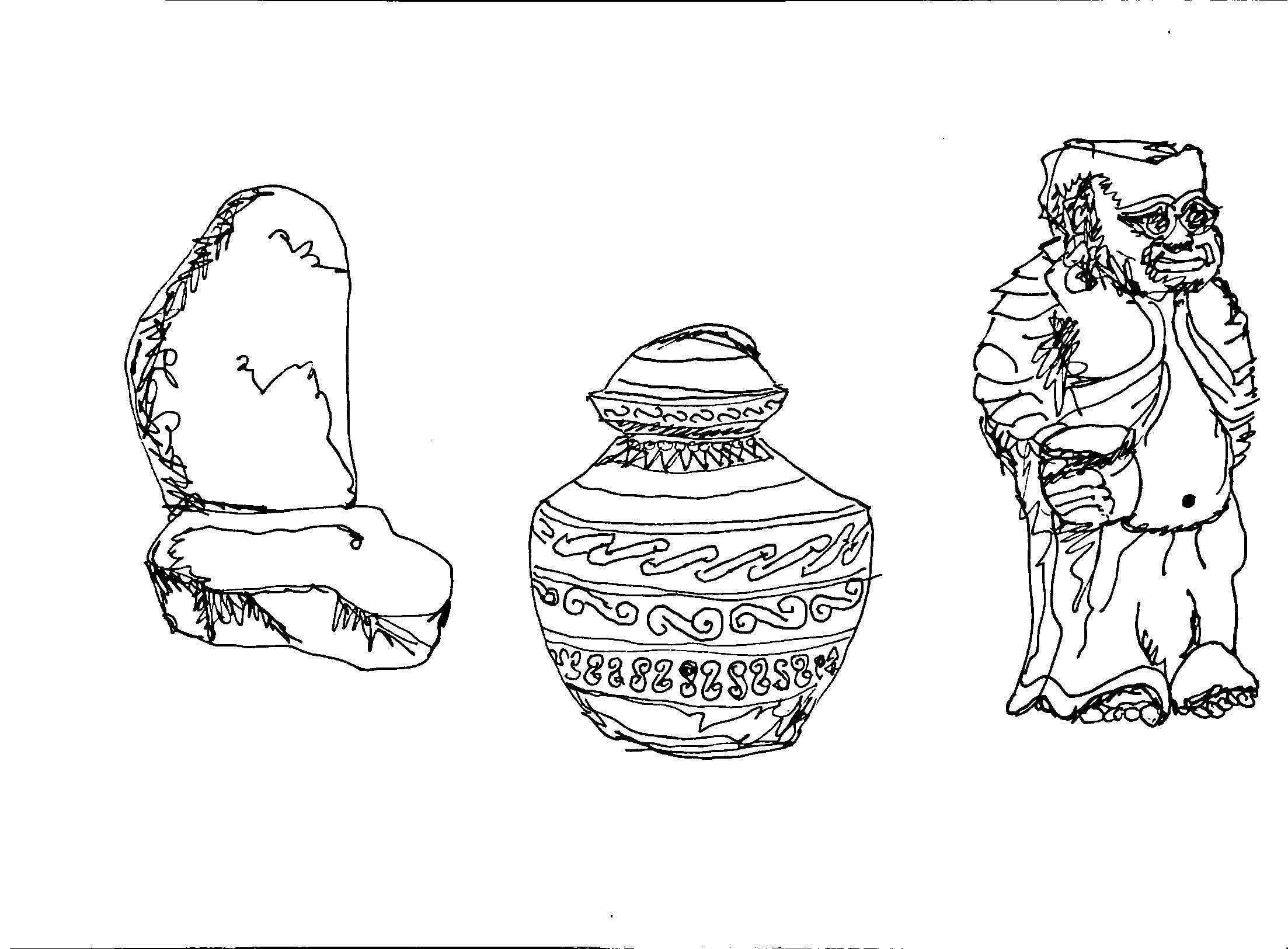
After visiting Bali Museum, I went to Pasar Badung, the main market in Denpasar. The architecture of the building surprised me — it felt more like a multi-story parking structure from Europe than a traditional Balinese building. With no outer walls, the space was open on all sides, allowing a constant breeze to flow through, and escalators connected each level, making it easy to move between floors. Despite the unconventional architecture, the market was alive with the spirit of Bali. Every aisle was filled with fresh fruits, aromatic spices, ceremonial flowers, and stalls offering handcrafted textiles and woven baskets. The mix of modern design and vibrant local life made Pasar Badung a unique experience, blending the everyday pulse of Denpasar with a contemporary twist.
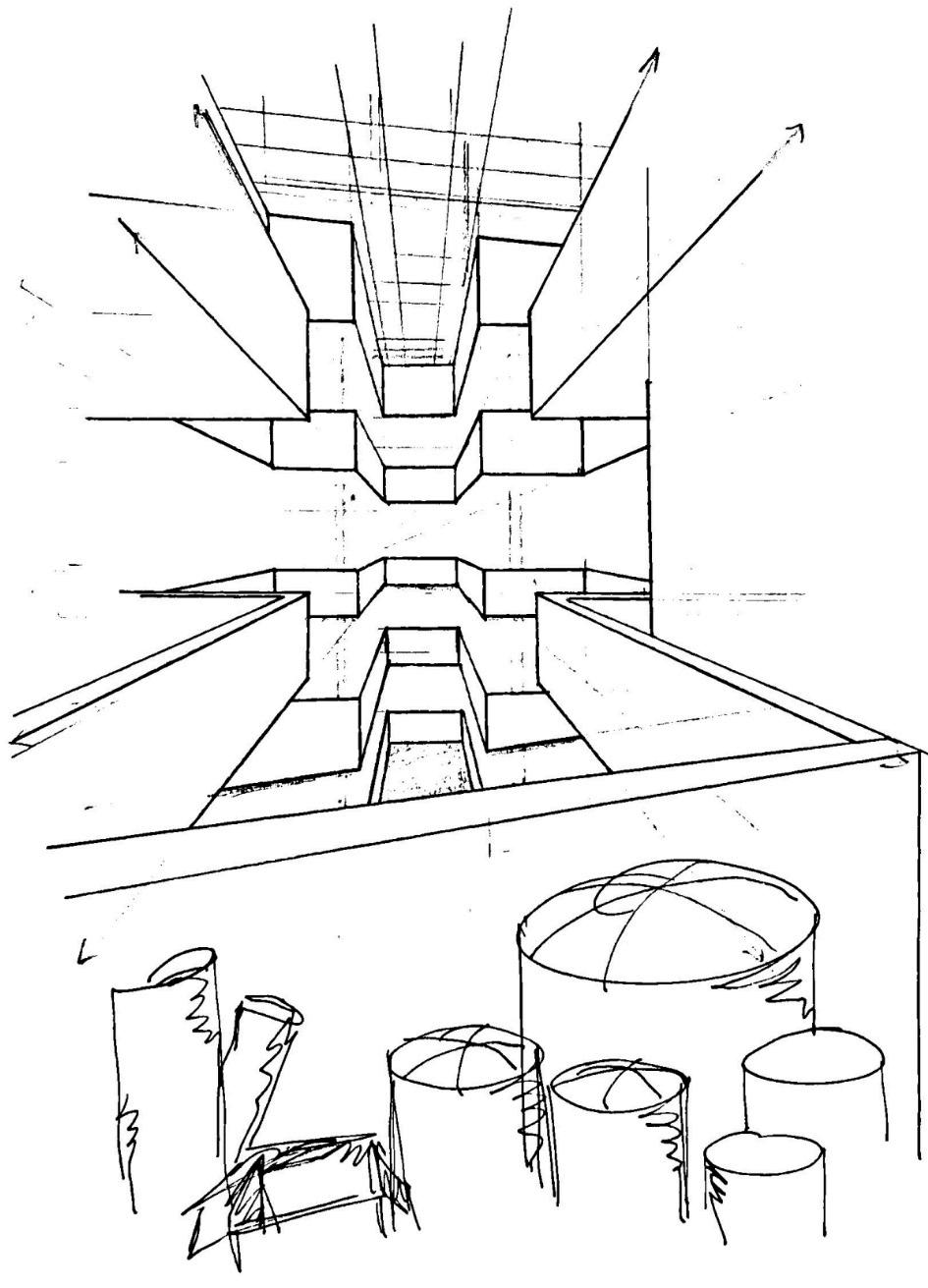
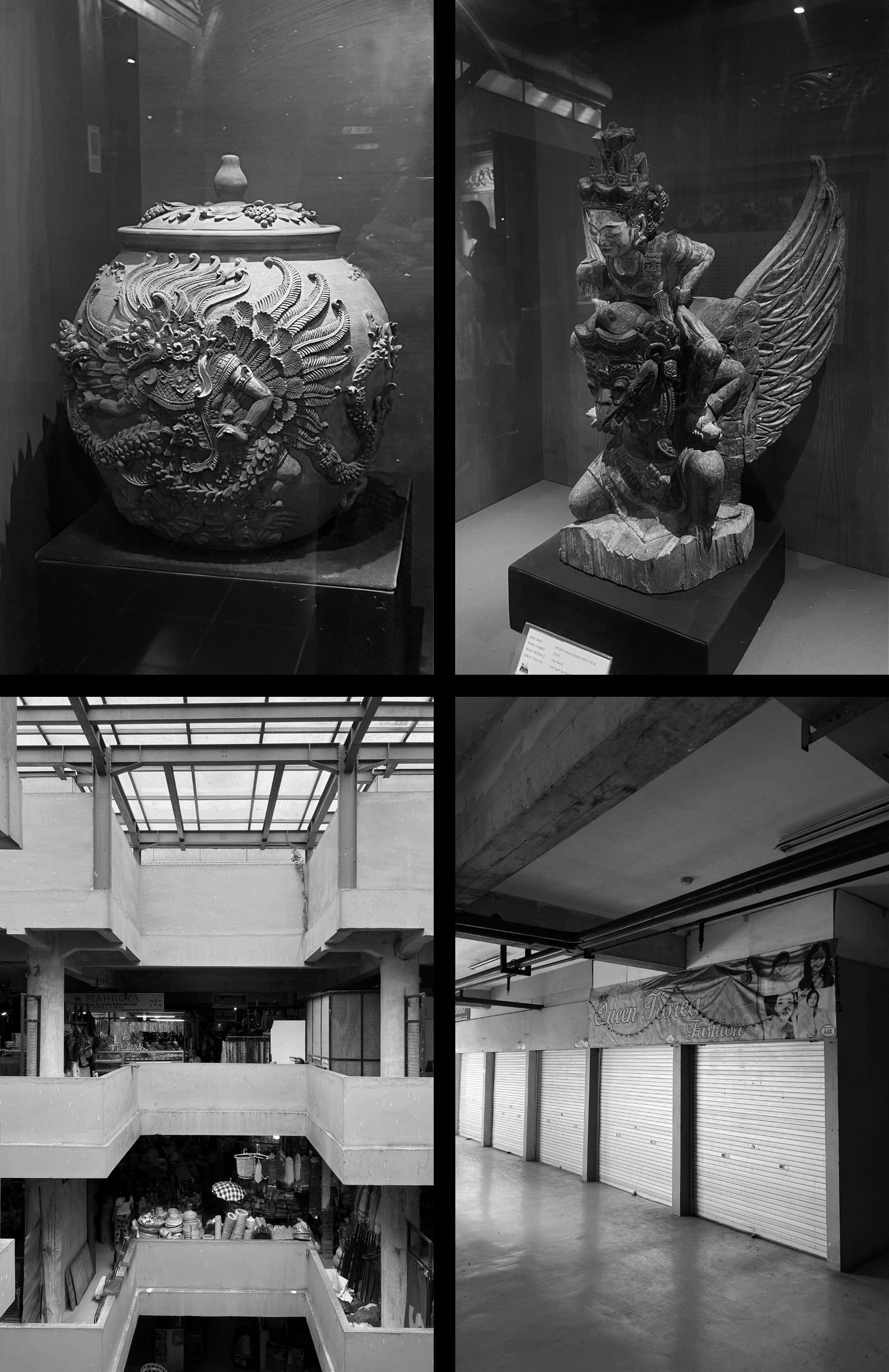
Wiswakarma Museum
Visiting the Wiswakarma Museum, I was captivated by its showcase of traditional Balinese architecture and artistry. The beautiful roof structures immediately drew my
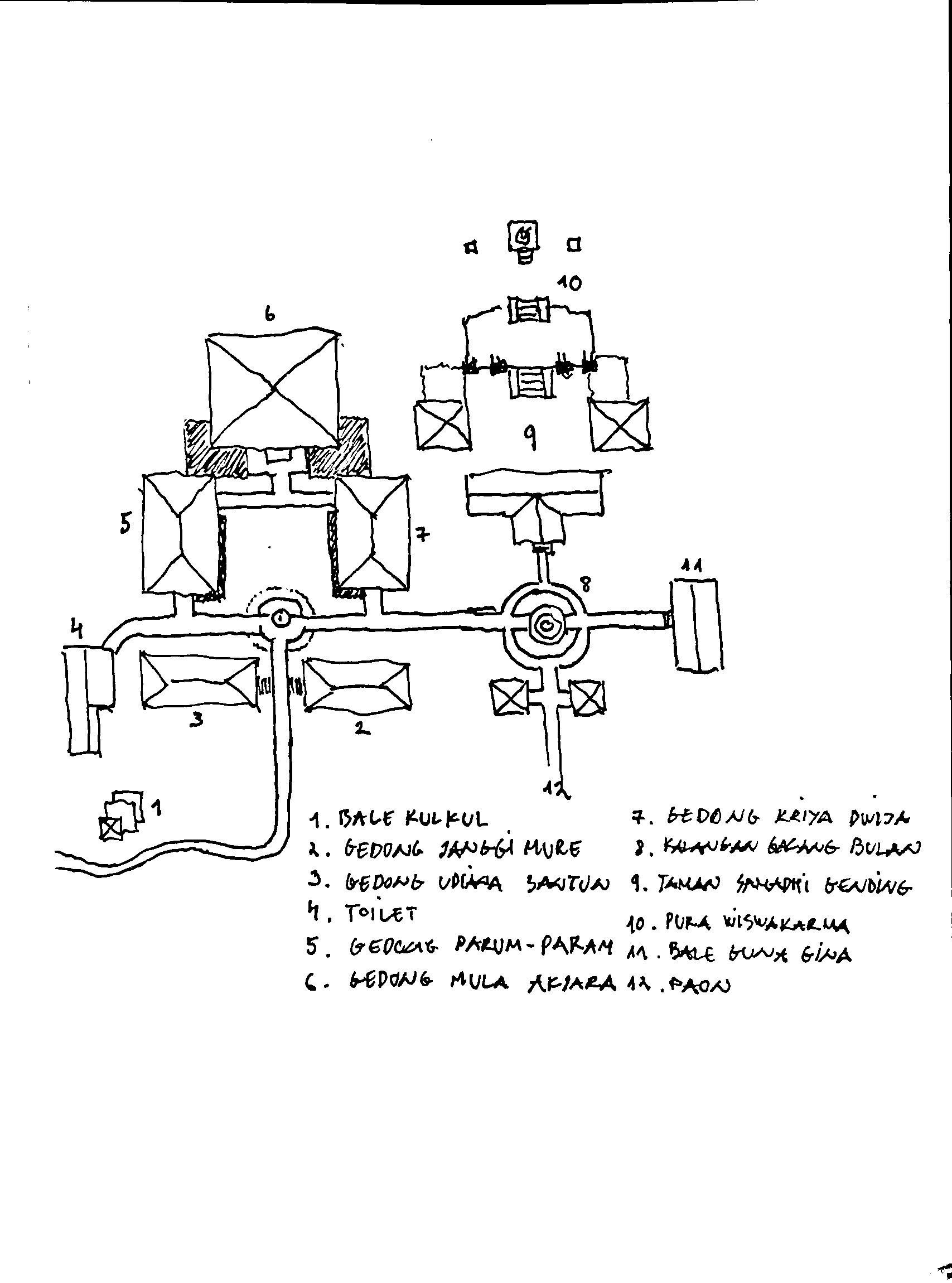
Toward the end, we had a memorable conversation with the museum's owner, who shared his vision of preserving Balinese heritage and passing down the intricate craftsmanship to future generations. His dedication to keeping these traditions alive added a whole new layer of meaning to the visit, making each structure and artwork feel like a living testament to Baliʼs cultural legacy.
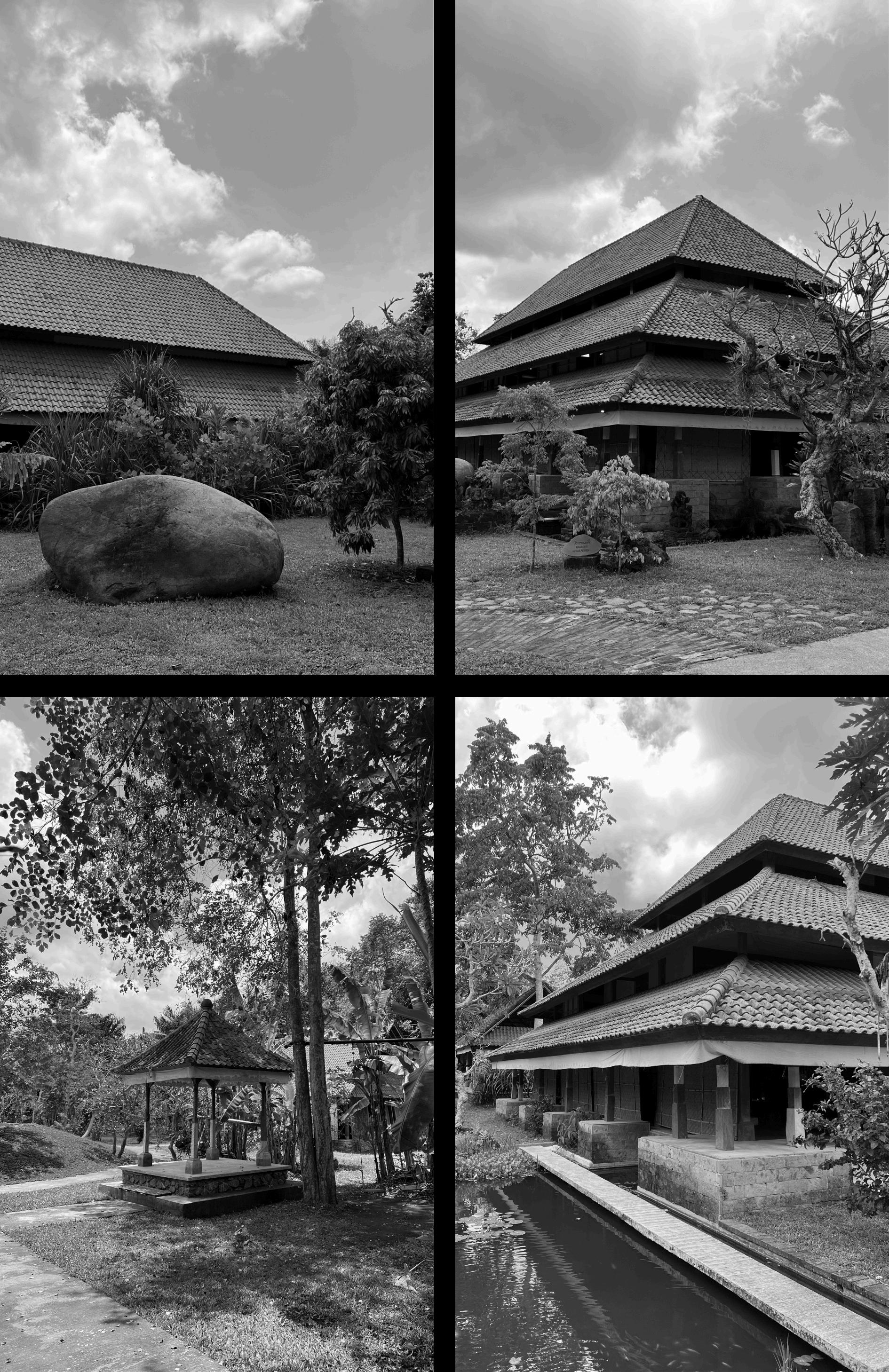
Gili Trawangan
DuringGalungan,IvisitedGiliTrawangan,andthejourneybeganwithaspeedboat ride from Bali, which only heightened my anticipation. As soon as I arrived on the island, I was struck by the serene atmosphere — there were no motorized vehicles, just bicycles and horse-drawn carts gently moving through the streets. It felt like a hidden paradise, a tranquil escape from the hustle and bustle of everyday life. The island was so small that we could easily cycle around its entire perimeter, stopping only to appreciate the architecture or get an ice cream.
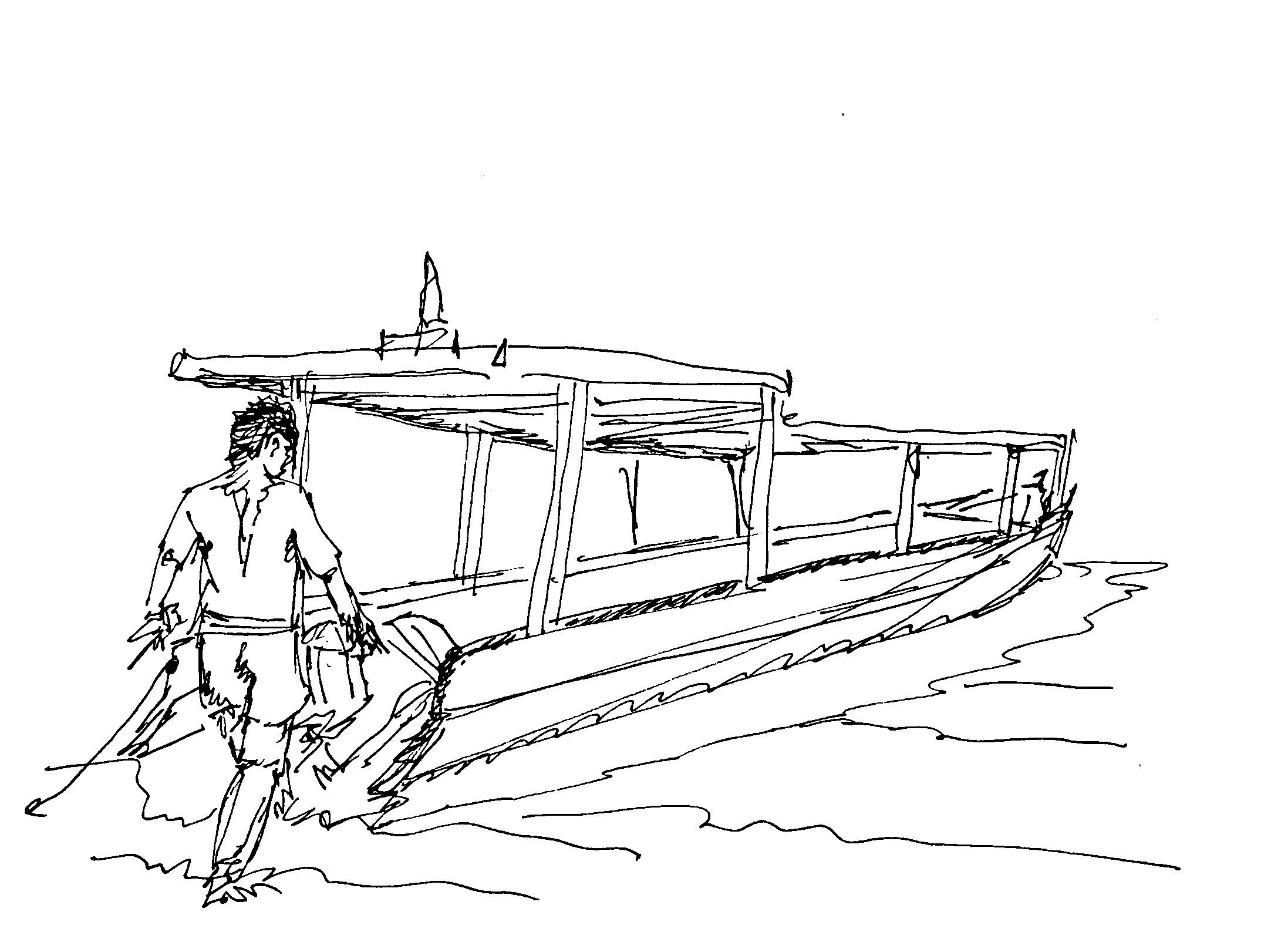
One of the highlights of our trip was snorkeling in the crystal-clear waters, where we were lucky enough to spot majestic sea turtles gliding gracefully beneath the surface. We even visited a sanctuary for baby turtles, which was a heartwarming experience that connected us to the island's vibrant marine life. We also had the opportunity to help baby sea turtles to find the ocean as they were hatching on the beach right in front of our dinner table.
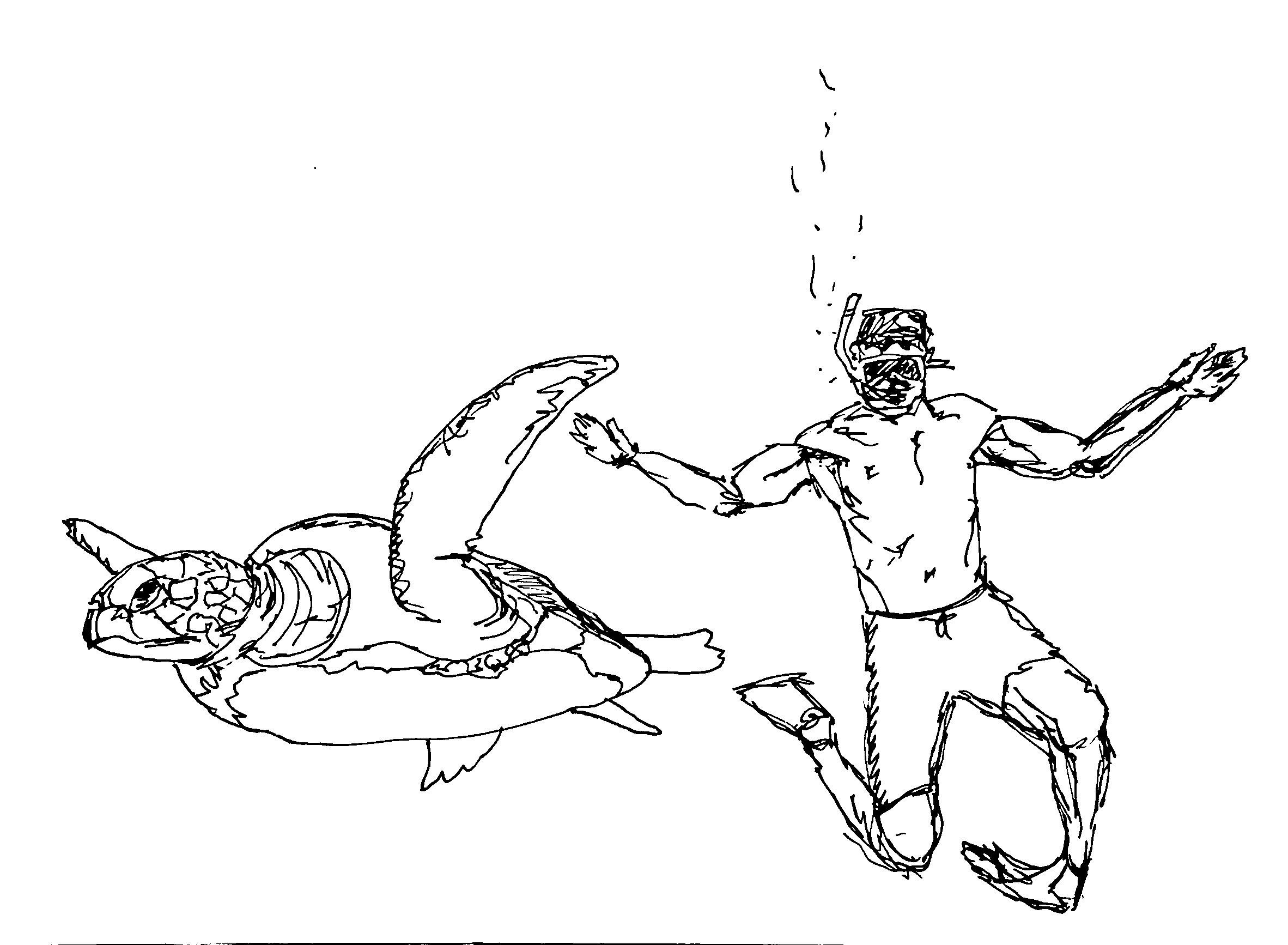
In the evening, we explored the local night market, where the tantalizing aromas of fresh seafood filled the air. We were brave enough to try a variety of local savory and sweets. The seafood was absolutely amazing as it was as fresh it can get.

As our last day came to a close, we found a perfect spot to watch the sunset. The sun dipped behind the mountains of Bali, painting the sky with hues of orange and pink, a breathtaking sight that marked the end of a perfect day. With the excitement of taking a boat to Lombok the next morning, I felt a sense of adventure stirring
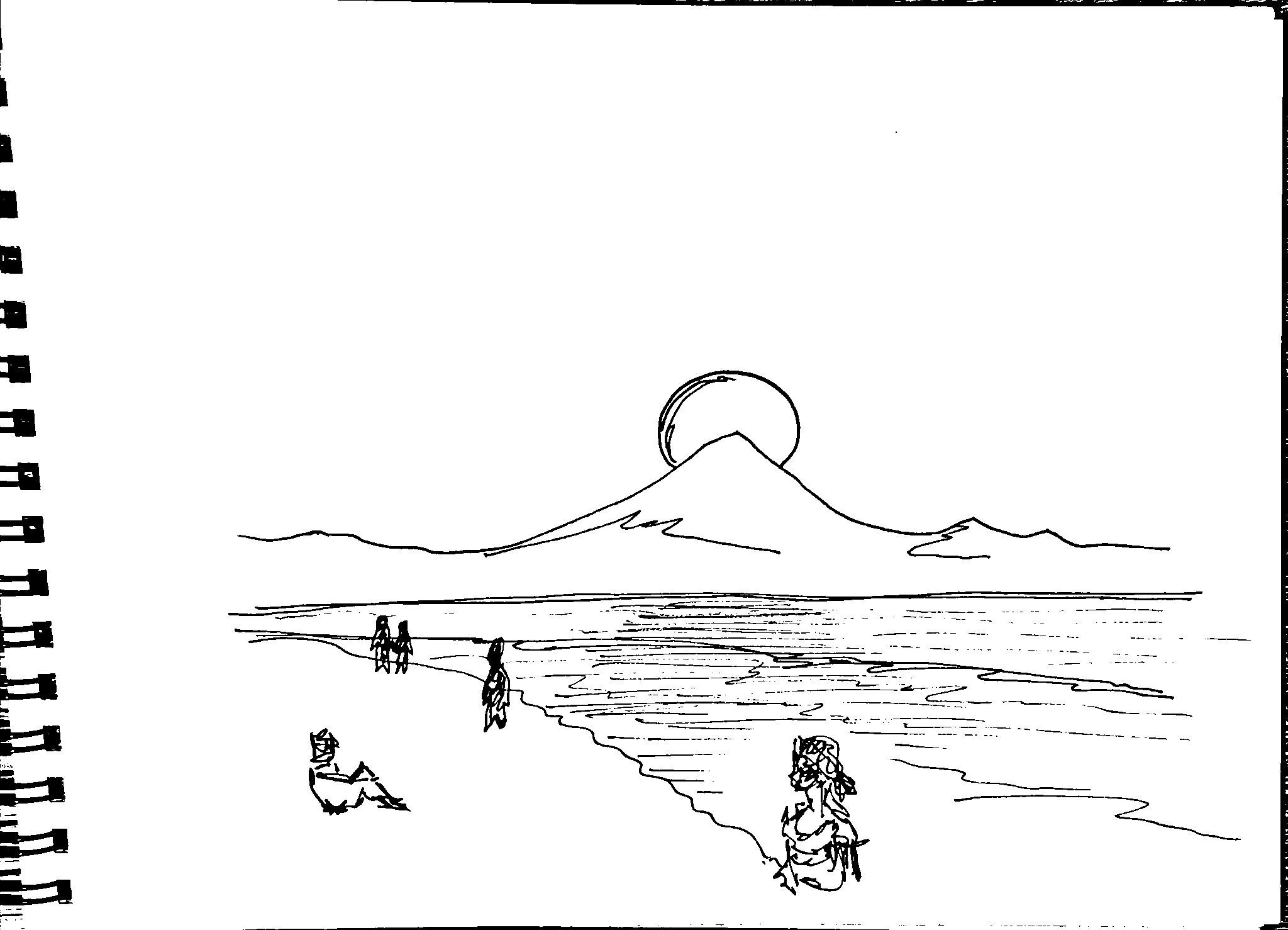
Lombok
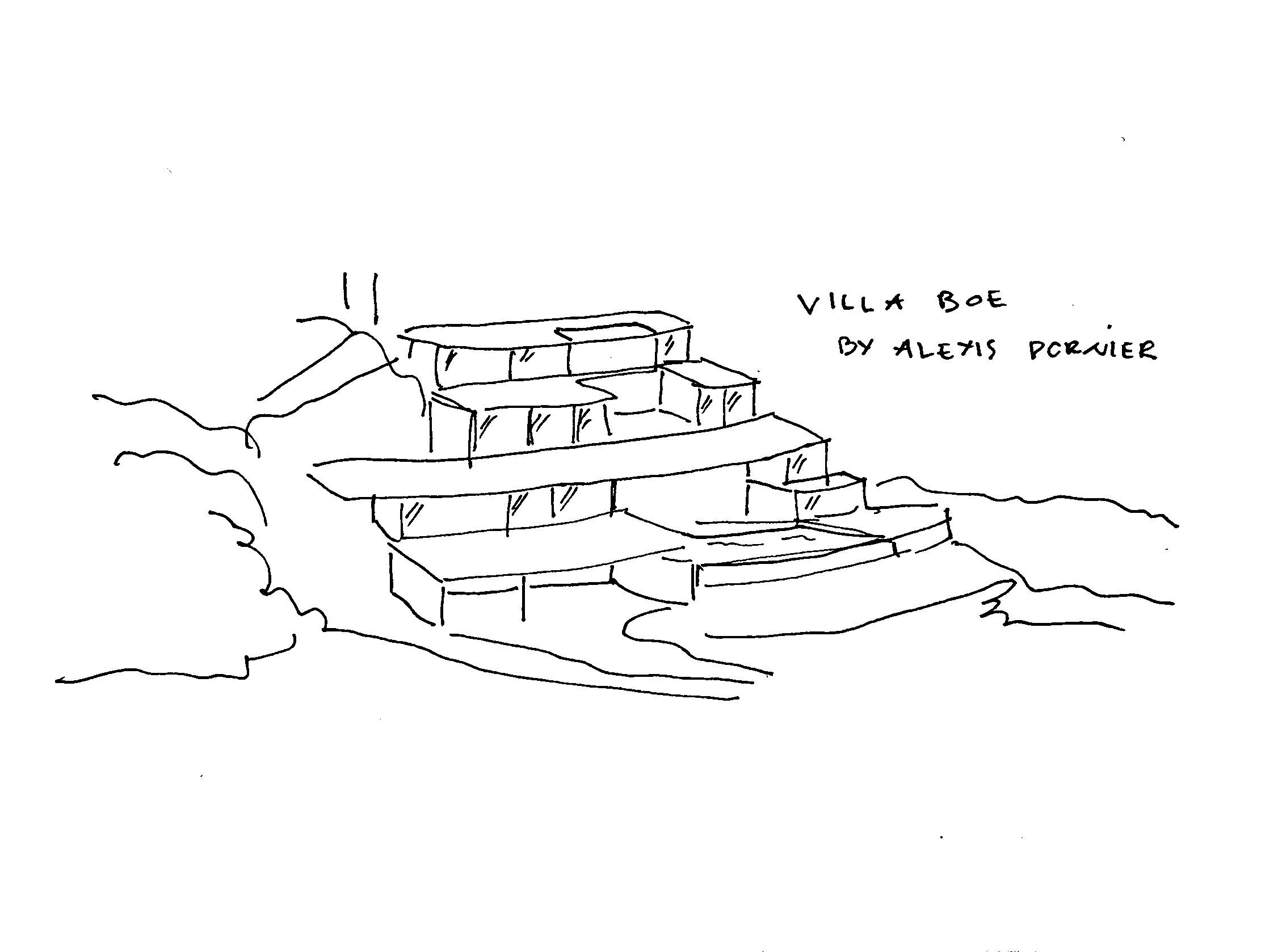
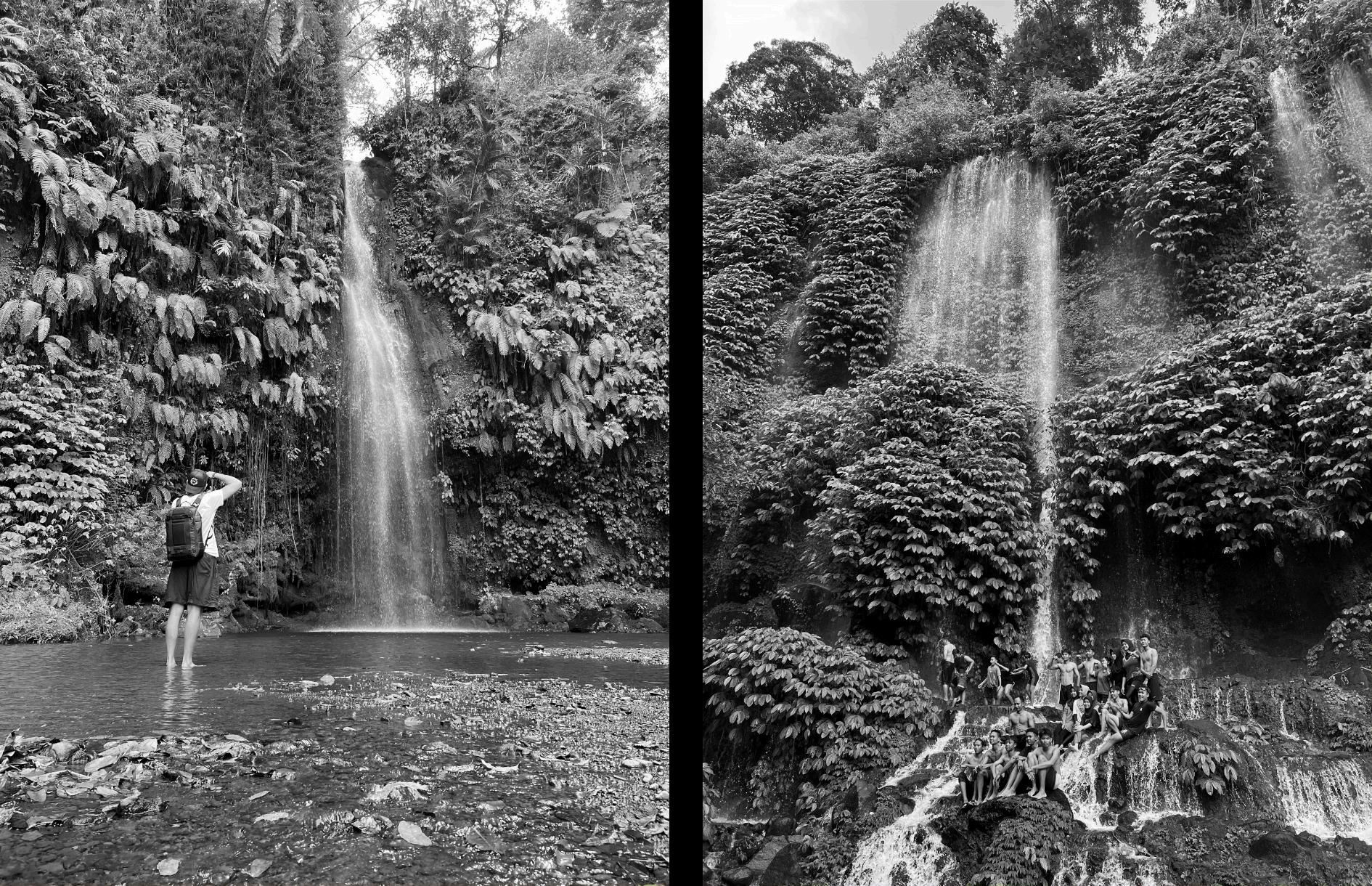
Next, we visited the Sesere Waterfall, which was equally captivating. The hike there was invigorating, taking us through verdant hills and local villages, offering glimpses ofdailylifeinLombok.Thewaterfallitselfwasastunningsight,withitspowerfulflow and the cool mist refreshing us after our trek.
Narmada Palace
We ended our Lombok adventure with a visit to Narmada Palace, which was built in 1727 as a summer residence for the Lombok king. The palace served as a royal retreat until the end of the 19th century, and today, it is a cultural heritage site open to the public. The palace grounds were beautifully maintained, showcasing traditional Balinese gardens and structures. During our visit, we participated in a holy water ritual performed by a local priest, which was a deeply spiritual experience. We had the opportunity to wash our hands and faces with the sacred water while focusing on thoughts that were important to us or aspirations we wished to come true. The priest blessed us with the water, connecting us to the islandʼs rich spiritual traditions. This final experience wrapped up our Lombok journey perfectly, leaving me with a sense of fulfillment and a deeper appreciation for the islandʼs culture and natural beauty.
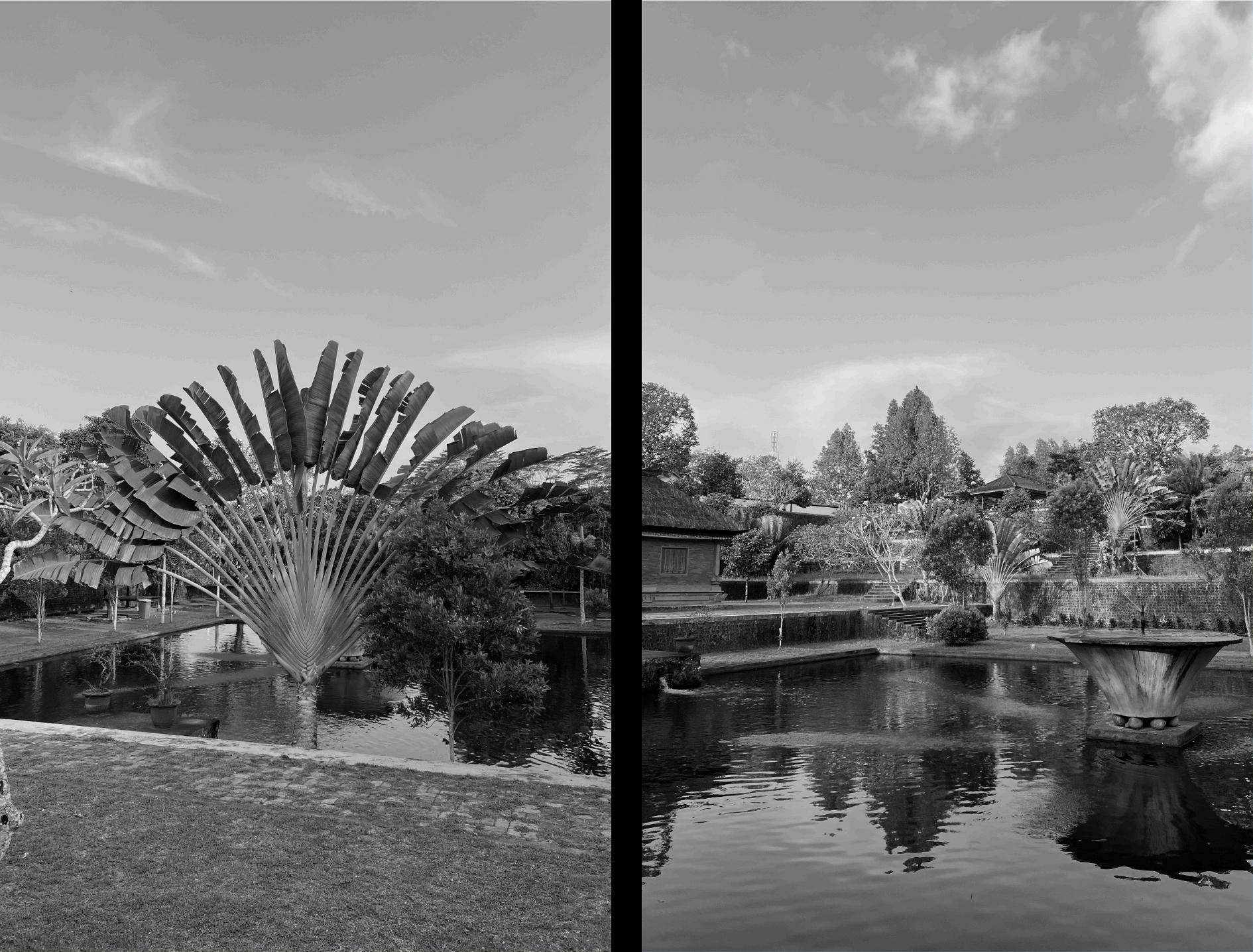
Bamboo Factory
On a beautiful Thursday, we embarked on an exciting excursion to a bamboo factory in Bali. I was captivated by the entire process of harvesting bamboo and transforming it into a versatile building material. I learned that bamboo is actually a type of grass that can be harvested every four years, making it an incredibly sustainable resource. There are over 1,500 species of bamboo globally, with about 30 species found in Bali alone; of these, seven types are used for construction and crafting. I was particularly intrigued to discover the existence of black bamboo, which adds a unique aesthetic to various products.
The factory emphasized sustainability in every aspect, from sourcing the bamboo to its eco-friendly manufacturing practices, which involve gathering, sorting, and washing the bamboo with mild chemicals, followed by rinsing and allowing it to dry for a couple of weeks.
Most of the finished products are destined for the construction of Bali Green Village, further enhancing its commitment to eco-friendly living.

Additionally, I was impressed by their new recycling movement. They repurpose chopsticks and create beautiful furniture and other products from both bamboo and recycled materials. This visit deepened my appreciation for bamboo as a sustainable resource and the innovative ways it can be utilized in architecture and design.
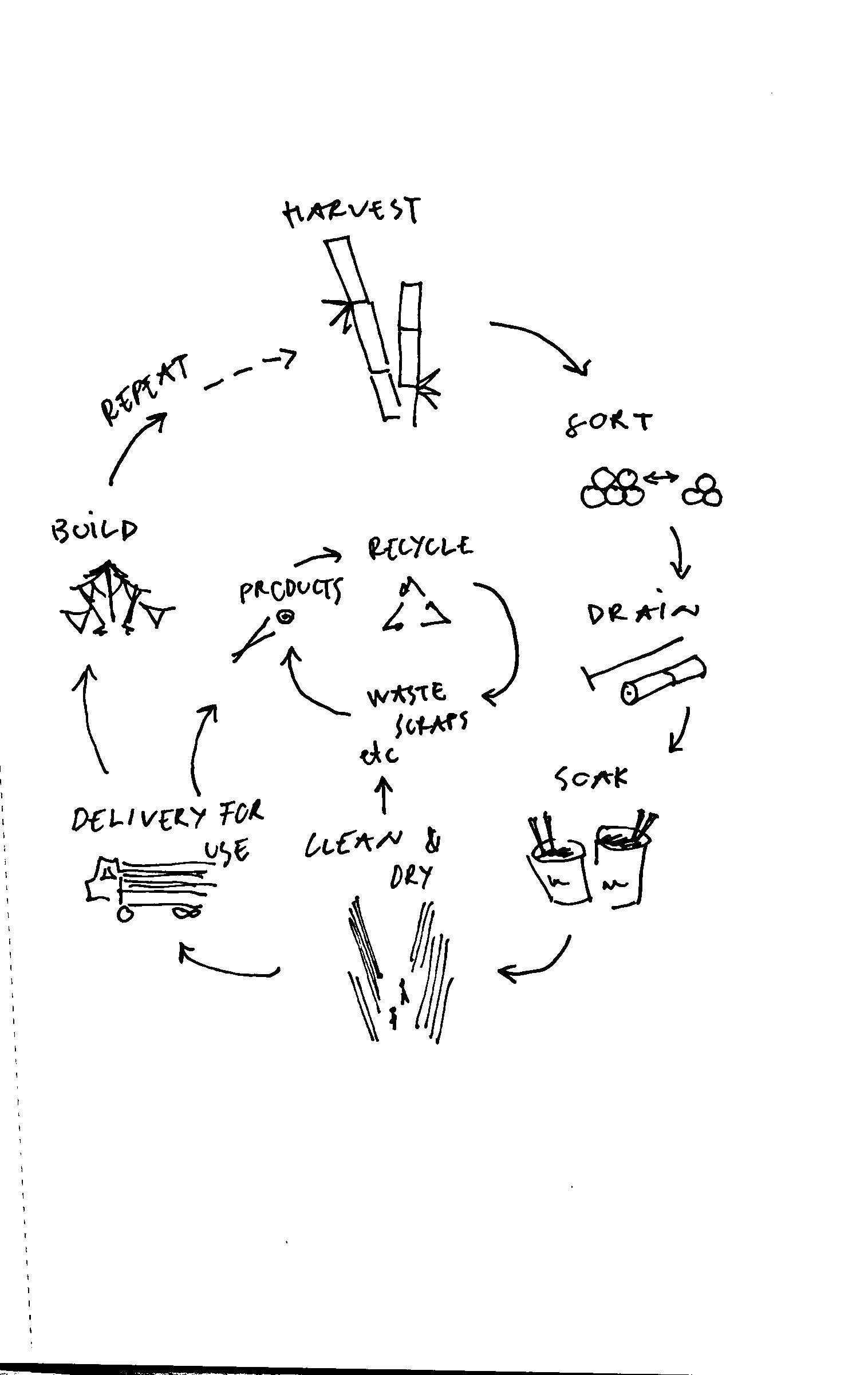
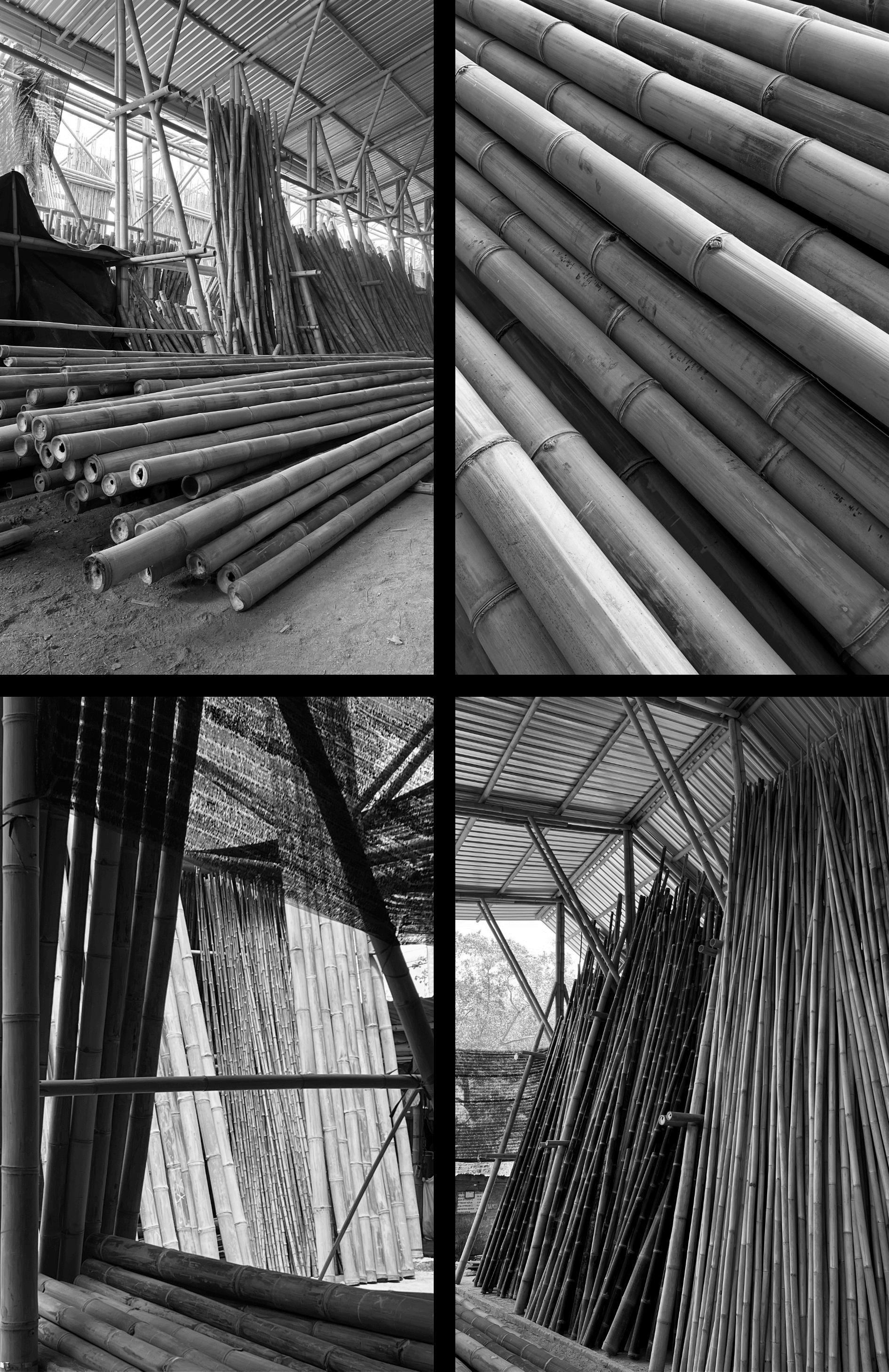
Bali Green Village
Bali Green Village is an eco-friendly community located just a few minutes' drive from the bamboo factory. This unique village showcases stunning bamboo homes that blend seamlessly with the lush landscape. Committed to sustainability, it utilizes renewable energy, rainwater harvesting, and organic farming practices. Visitors can explore the community, admire the intricate craftsmanship of its bamboo architecture, and learn about its innovative approach to eco-conscious living.
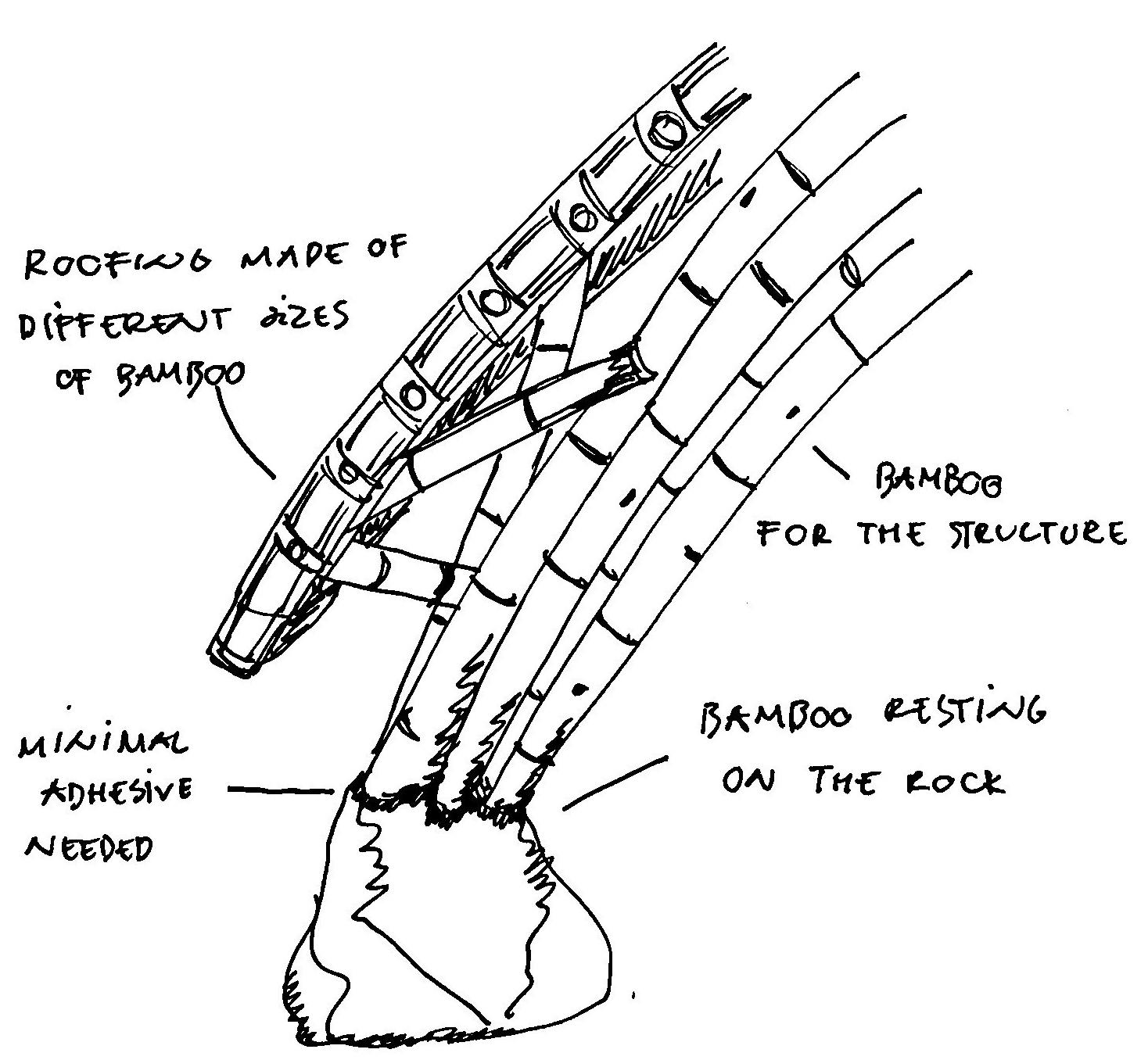
I was amazed by the endless possibilities of building with bamboo and seemingly haphazard architecture that is, in fact, very thoughtfully designed. The beauty of the curves and raw biophilic design created a sense of harmony with nature that left me in awe. The openness of the homes fosters a deep connection with the surrounding environment, seamlessly blending indoor and outdoor spaces. Each structure feels alive, opened to fresh air to flow through, inviting residents and visitors alike to engage with nature while enjoying the comfort of modern living.
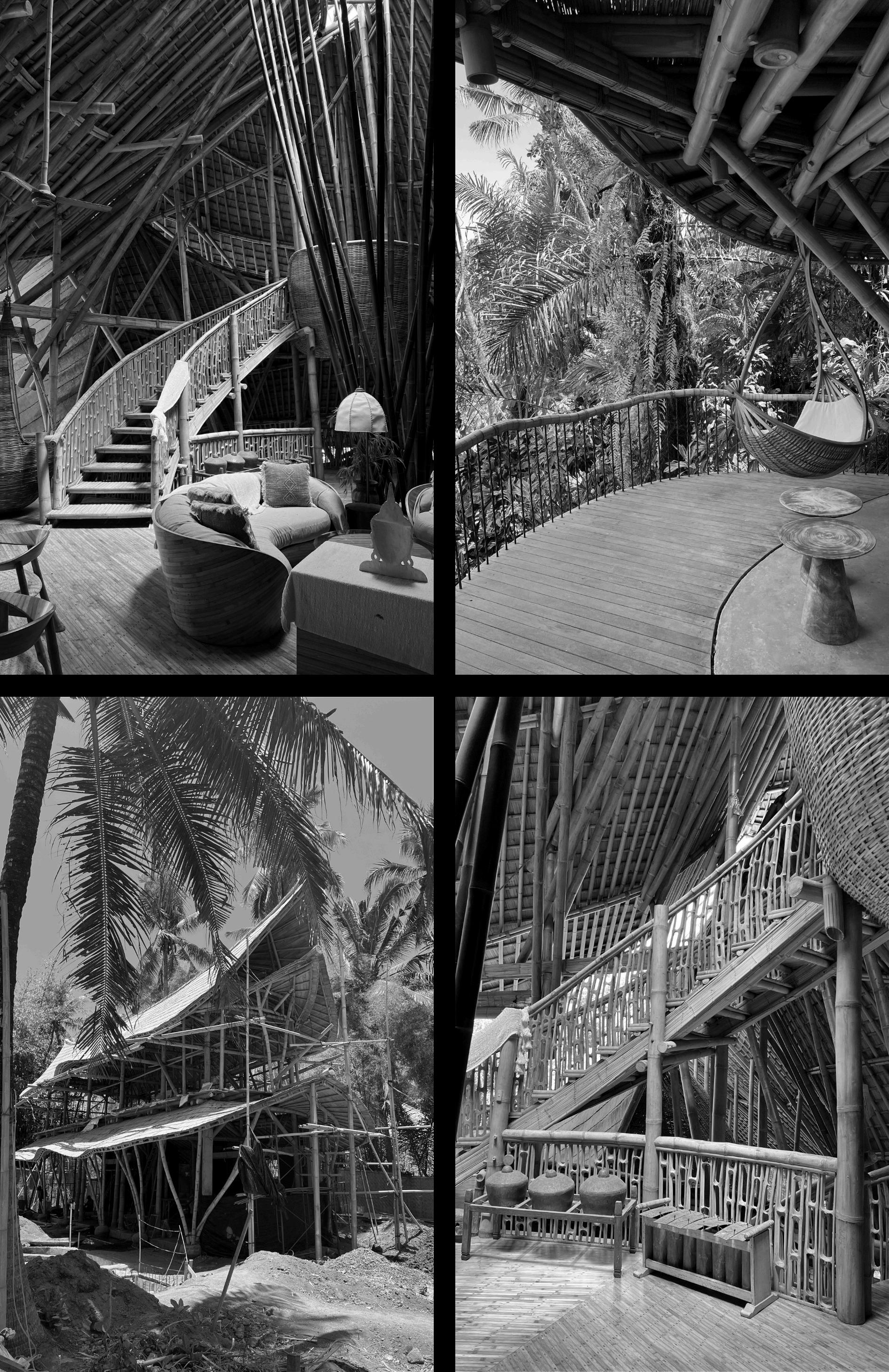
Komodo National Park
During the first week of our semester break, I visited Komodo National Park, starting with a domestic flight from Bali to Labuan Bajo. Upon arrival, we settled into a cozy hostel called De Nata, which was nestled on a hillside. The narrow streets around thehostelhadacharming,almostslum-likefeel,withcats,kids,andchickensrunning freely, while roosters crowed around the clock. After spending two amazing nights on Flores Island, it was time to embark on a three-dayboattriptoexplorethewonders of Komodo National Park.
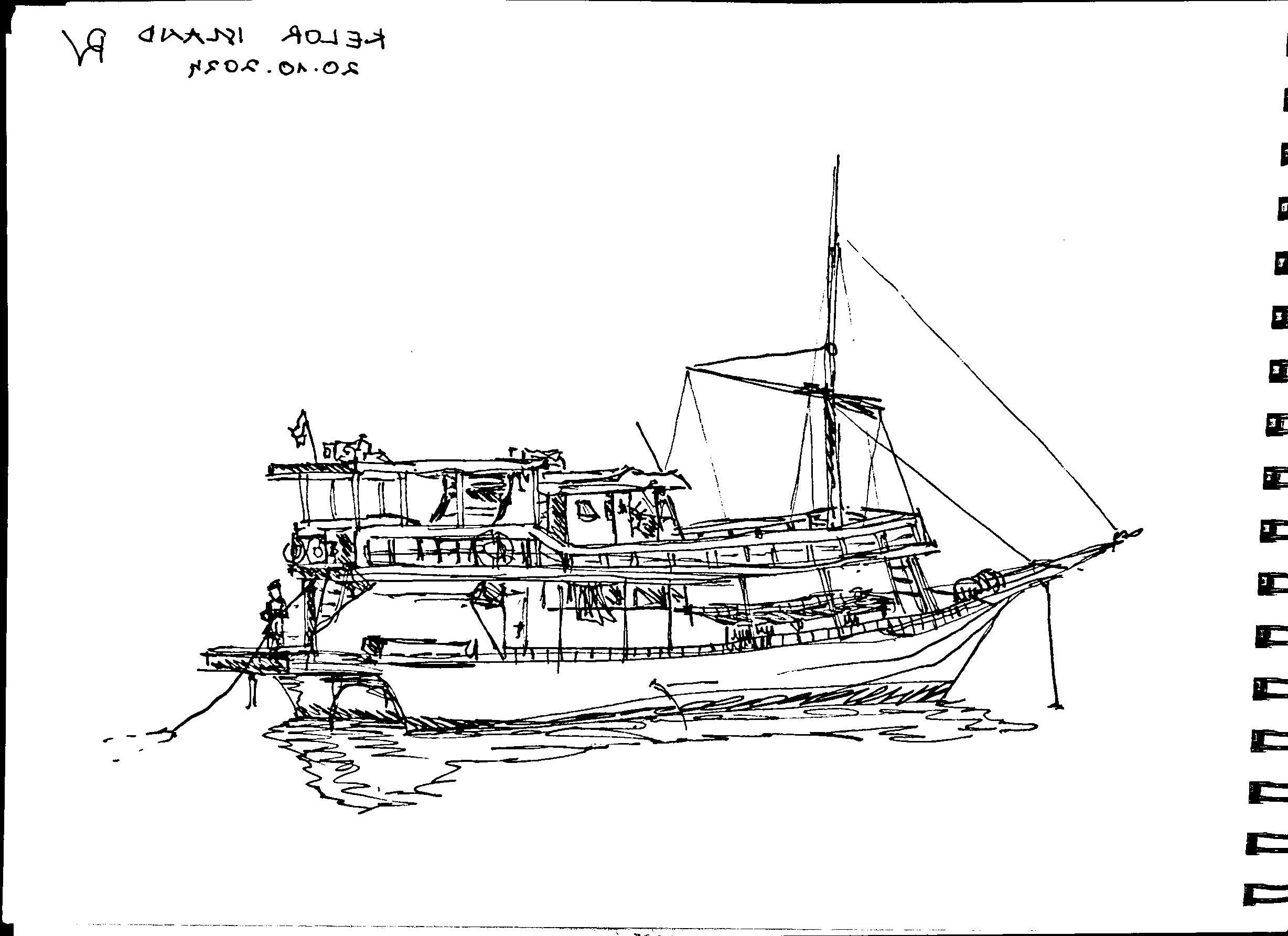
The boat took us to various islands, where we enjoyed snorkeling adventures, marveling at the vibrant underwater life. We were fortunate to spot dolphins, manta rays, baby sharks, corals, and turtles, making each outing a memorable experience. One of the highlights was a 4 AM hike to the top of Padar Island, where we were rewarded with a breathtaking sunrise that painted the sky in stunning hues. We also spentaleisurelydayatLongPinkBeach,swimmingandjumpingofftheboat'supper deck into the crystal-clear water — a perfect way to relax and soak up the sun.
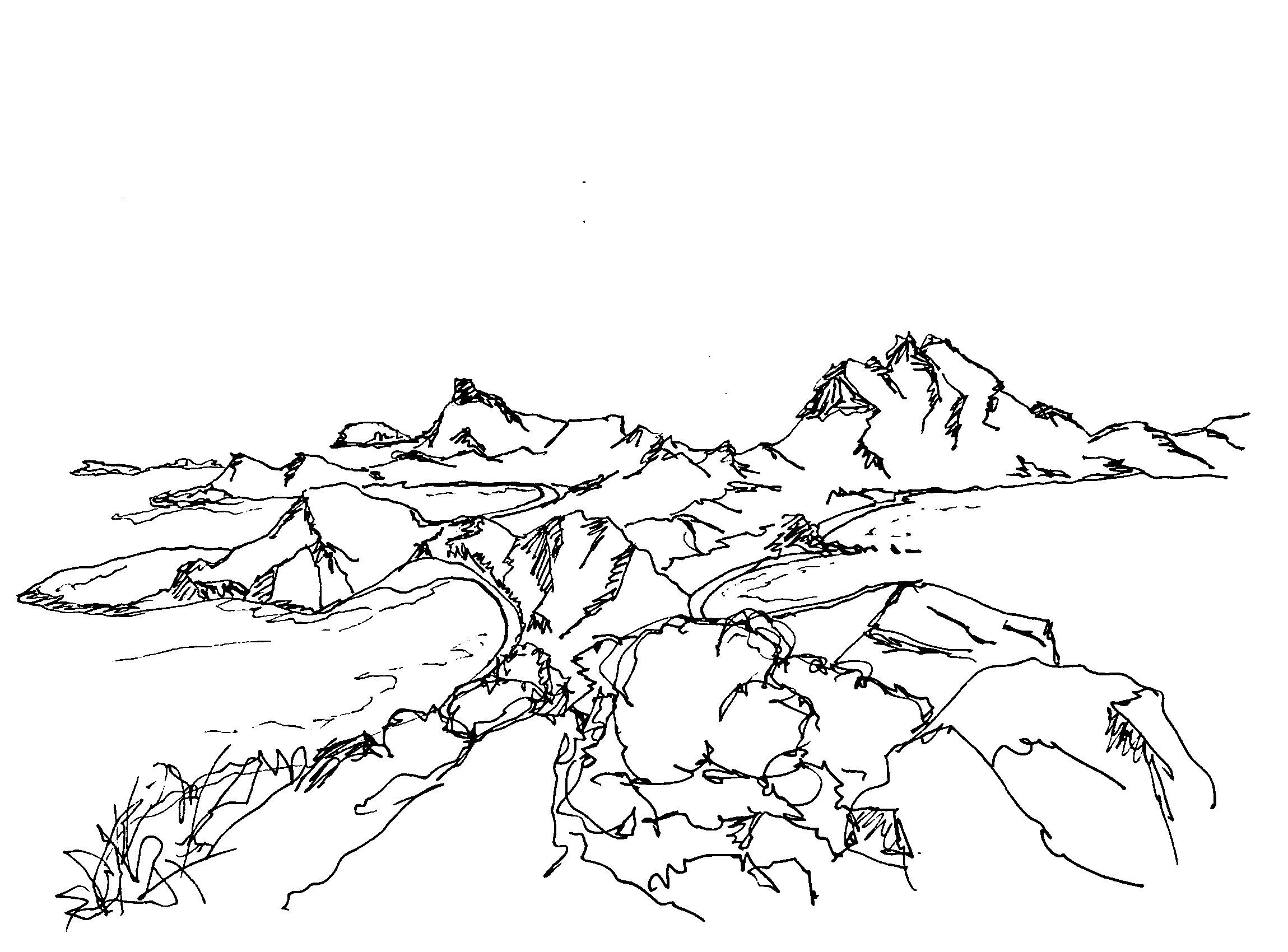
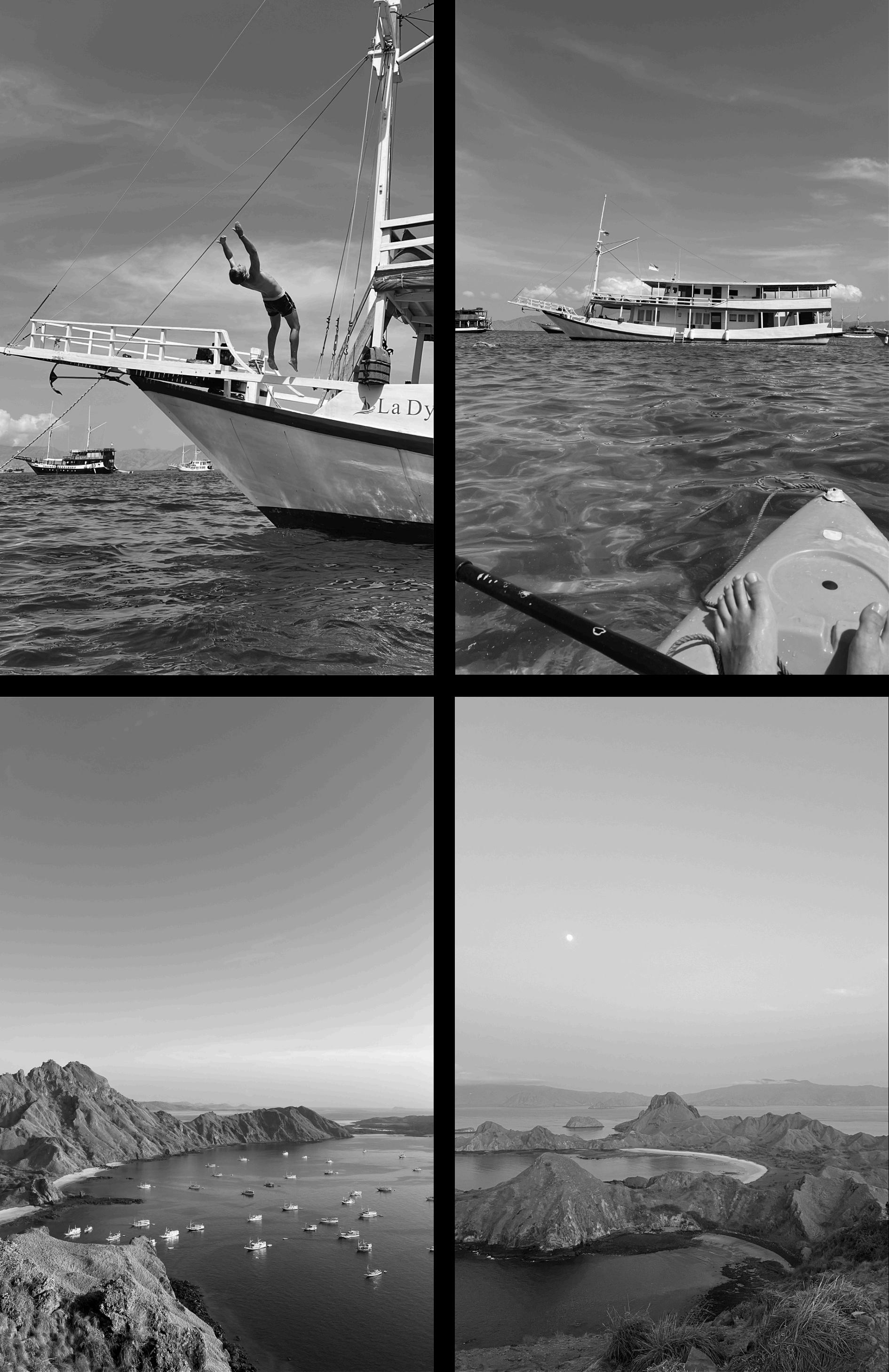
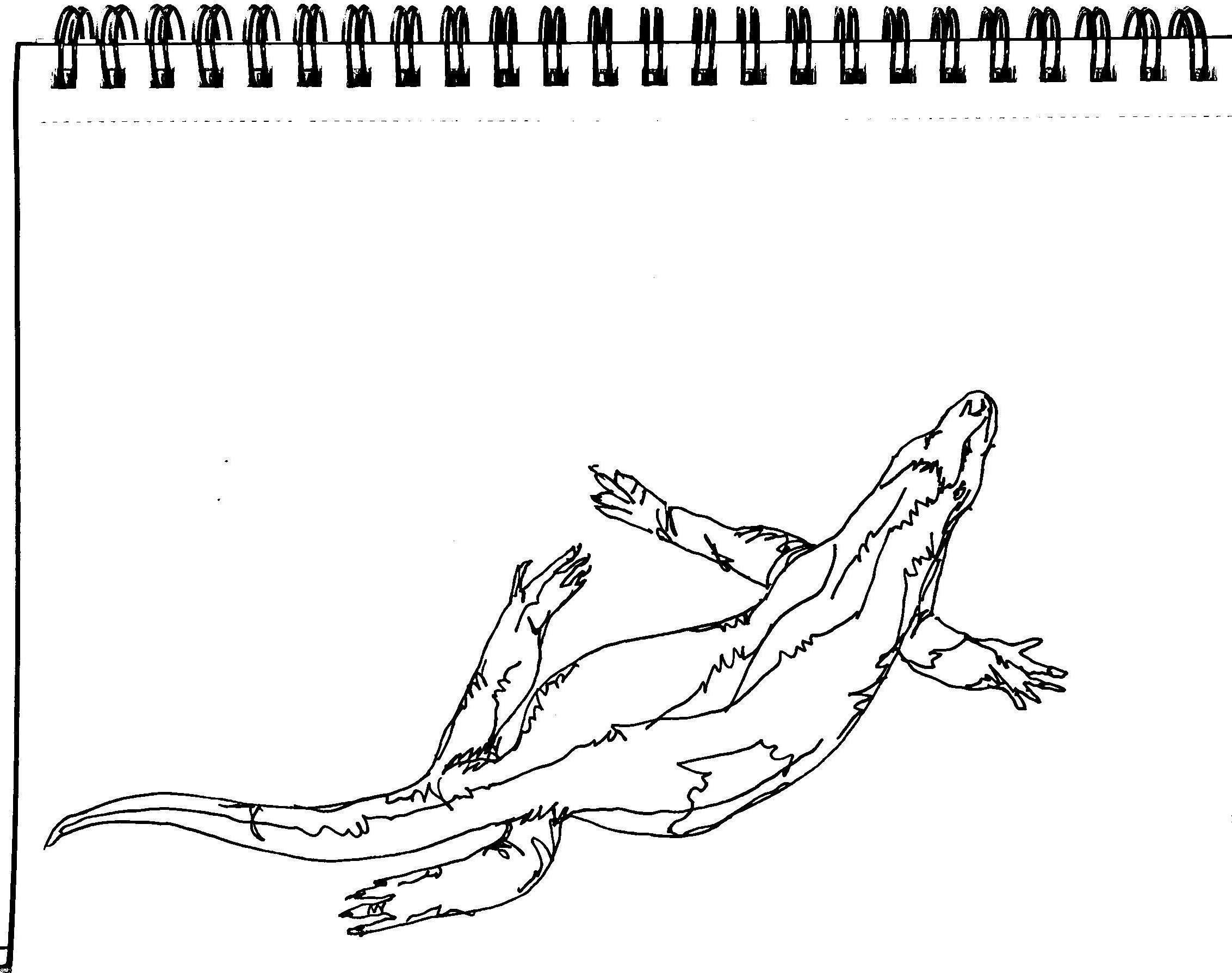
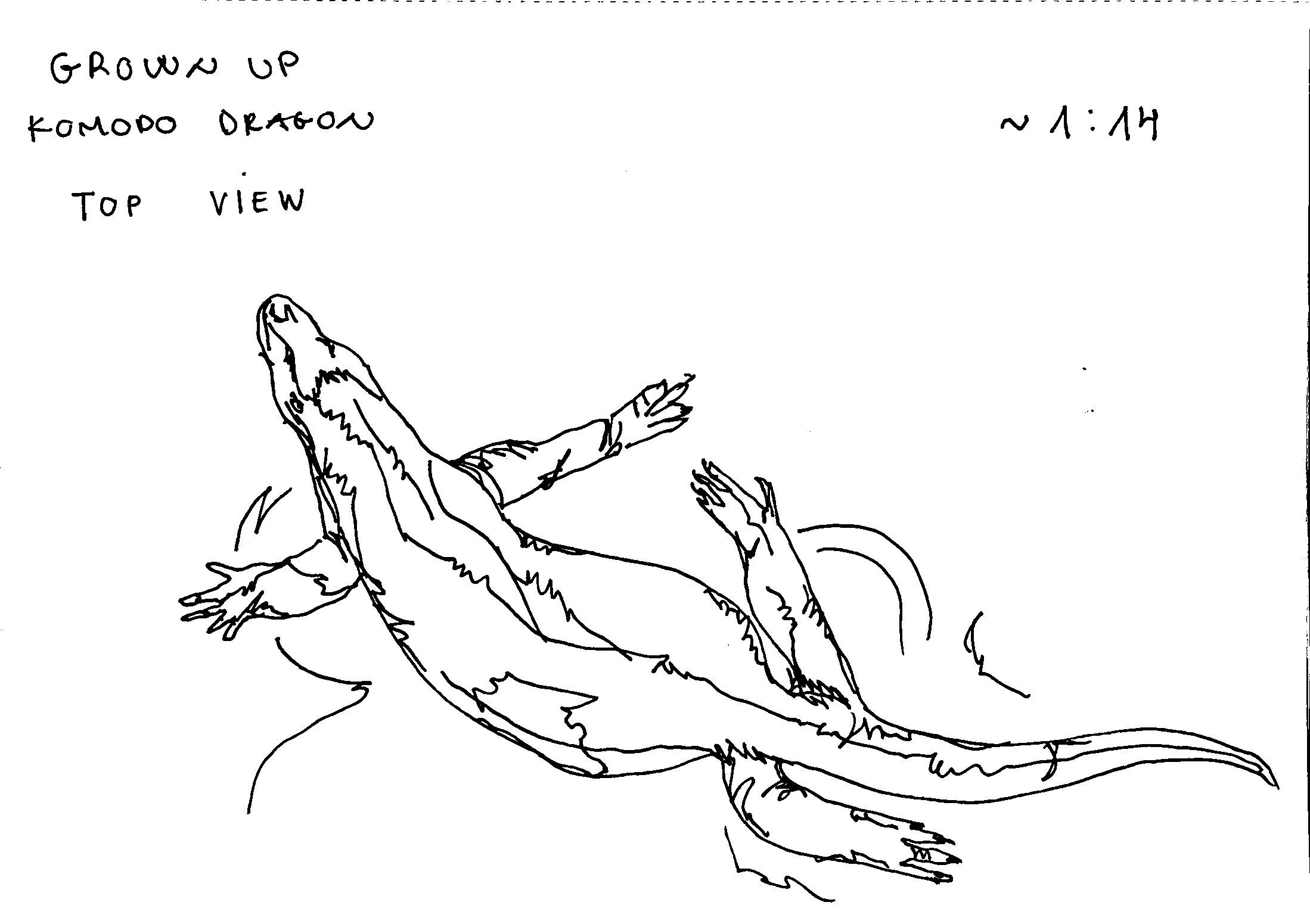
As the sunset, we witnessed an incredible spectacle of over 1,000 bats emerging from the mangroves to hunt for food, filling the sky with their dark silhouettes. It was a breathtaking sight that added to the magic of our journey through this stunning archipelago. The next day, we returned to Labuan Bajo, to visit Puncak Waringin.
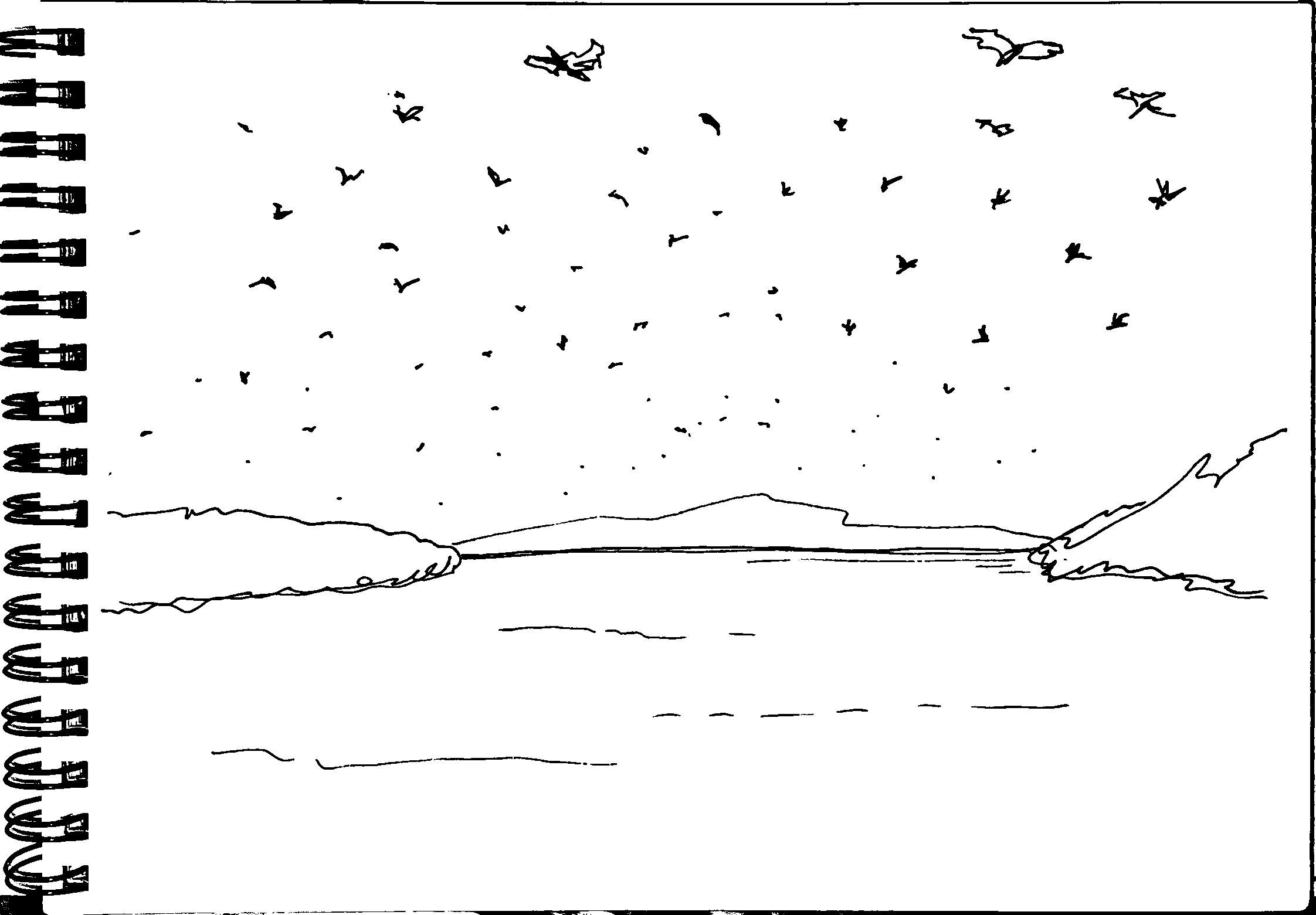

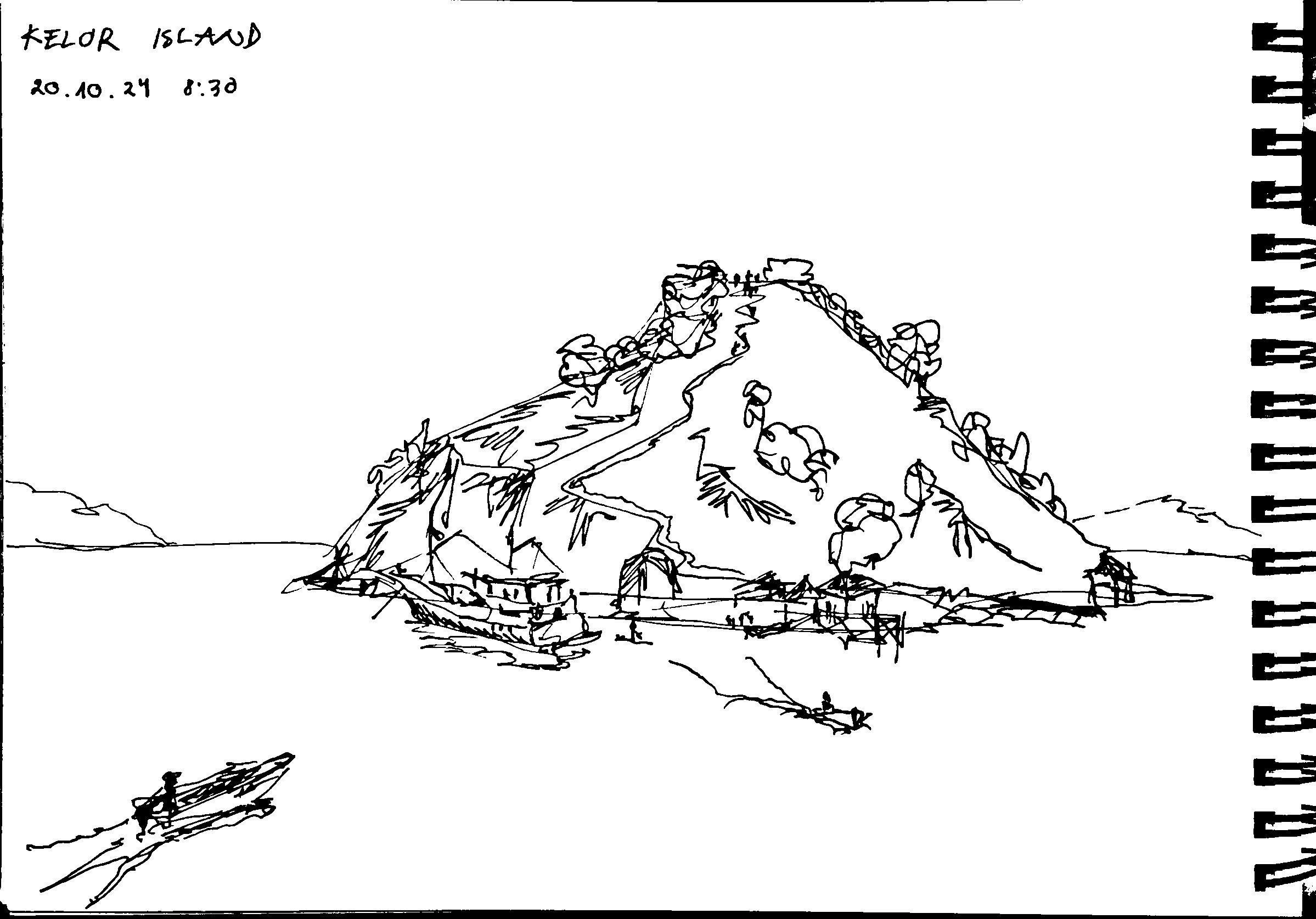
This viewpoint offered spectacular panoramic views of the surrounding islands and the azure sea. The architecture at Puncak Waringin beautifully blended traditional Indonesian styles with modern design, featuring wooden structures that complemented the natural landscape. The open-air design created a welcoming atmosphere, allowing visitors to fully appreciate the breathtaking scenery and feel connected to the beauty of the environment. This stunning spot provided a fitting end toanunforgettablejourneythroughoneoftheworldʼsmostuniquenaturalwonders.
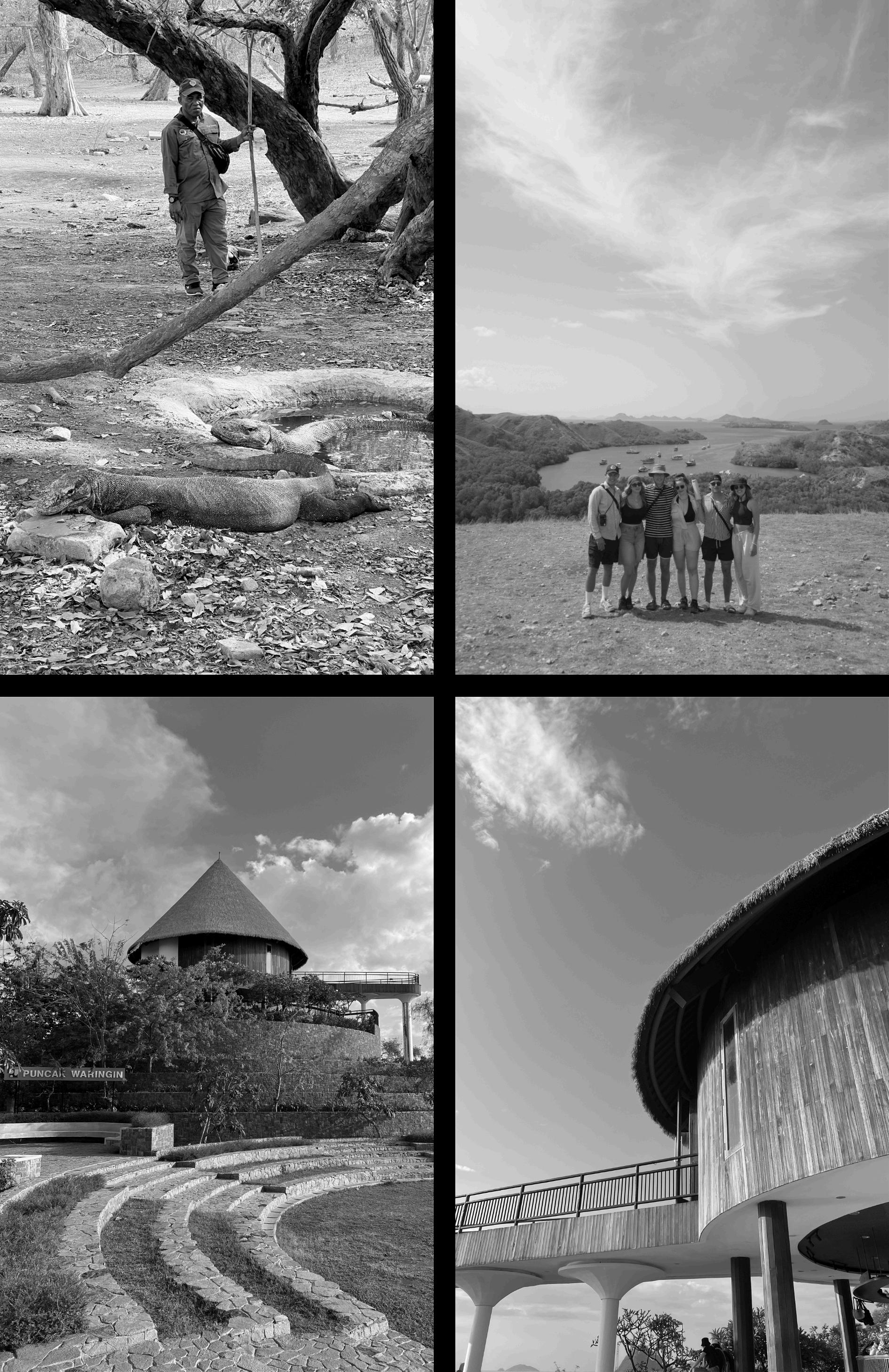
Bajra Sandhi Monument
The Bajra Sandhi Monument in Denpasar is a striking tribute to the Balinese struggle for independence, officially inaugurated on June 14, 2003. It commemorates the island's fight for freedom from colonial rule, which culminated in Indonesiaʼs declaration of independence on August 17, 1945. During my visit, I participated in a sketch workshop, where I had the opportunity to draw this magnificent monument, capturing its fine details and ornate carvings.

Coincidentally, the day was also marked by a Bali military anniversary parade, celebrating the establishment of the Balinese military, which has a rich history dating back over 70 years. The atmosphere was lively, and the military personnel were incredibly friendly, taking the time to explain the significance of the celebrations and the history behind the monument. Additionally, there were many school kids in attendance who were eager to take pictures with us and expressed their admiration for our artwork. The air was filled with excitement as cannons boomed in celebration, creating a dynamic backdrop to my artistic experience.


Silver
Bali is renowned for its intricate silver handicrafts, a tradition that has been passed down through generations. Villages like Celuk, in particular, are famous for their skilled silversmiths, who create exquisite jewelry, ornaments, and ceremonial pieces. TheartofsilvercraftinginBaliisdeeplyrootedintheisland'sculture,oftenfeaturing motifs inspired by nature and mythology. Visitors can immerse themselves in this heritage by participating in silver-making classes, where they learn the techniques of shaping, engraving, and polishing silver to create unique, personalized pieces. These hands-on experiences not only showcase the craftsmanship of the local artisans but also allow participants to take home a tangible memory of Baliʼs rich artistic heritage.
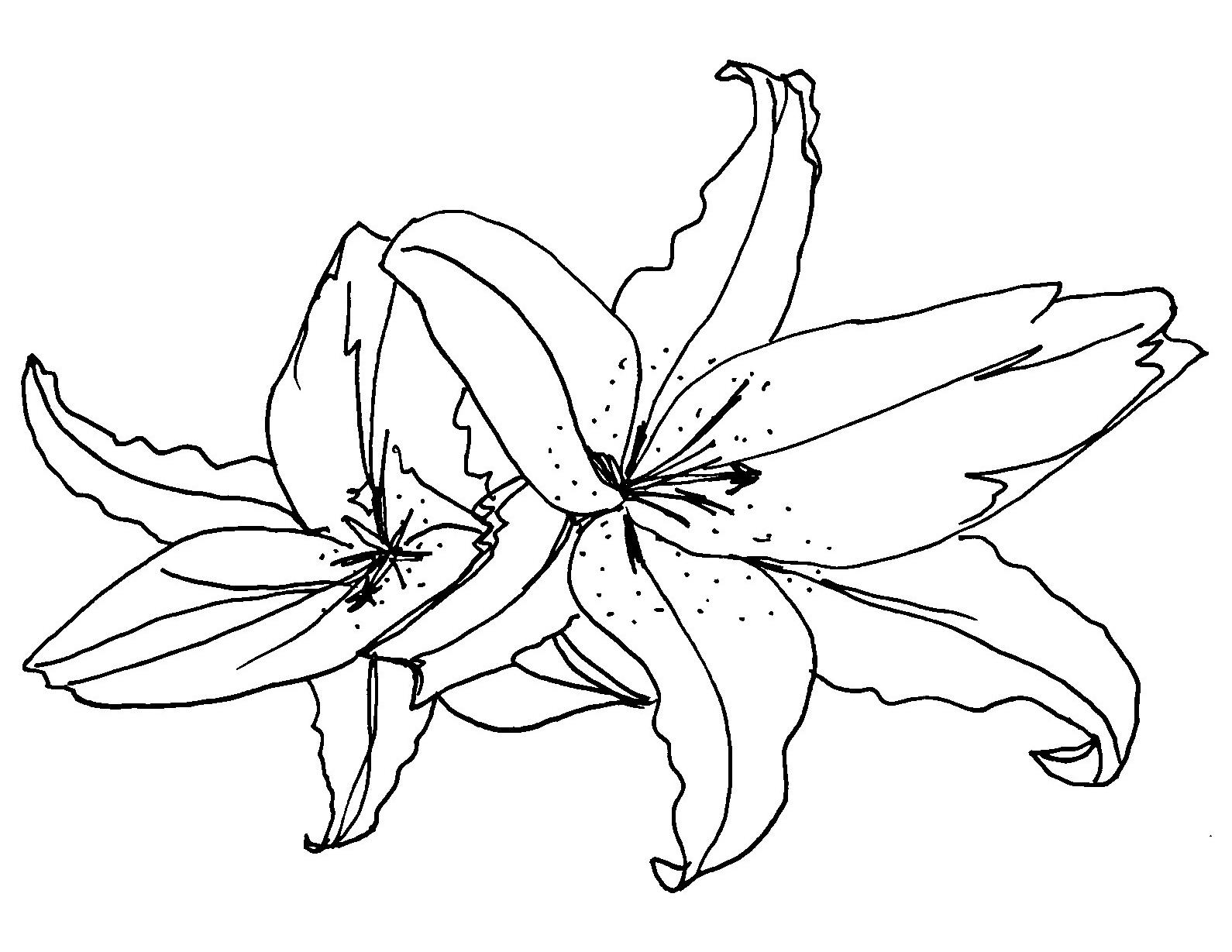
For Lizaʼs birthday, we decided to surprise her with something truly special — a silver-making class! She had no idea what was planned until we arrived at the workshop, where the warm and welcoming silversmiths greeted us. The experience was both fun and meaningful, as we each crafted our own piece of jewelry. I decided to make a simple yet symbolic ring to commemorate the trip. The process of designing, shaping, and polishing the silver was both challenging and rewarding, and the finished ring became a keepsake filled with memories of laughter, creativity, andfriendship.ItwastheperfectwaytocelebrateLizaʼsdayandconnectwithBaliʼs artistic traditions in such a personal way.
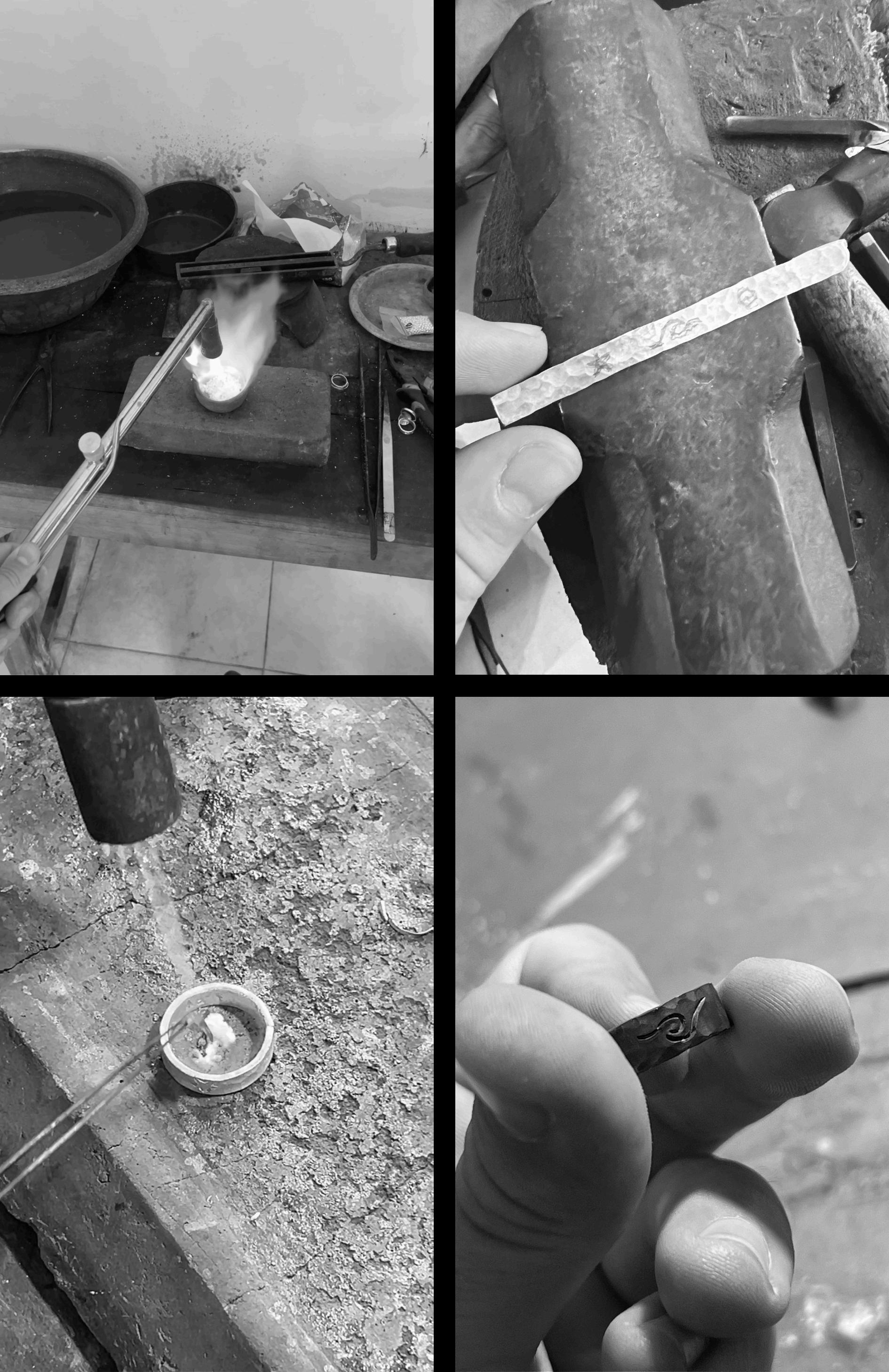
Grün Resort
During my visit to Grün Resort in Uluwatu, I was captivated by its unique blend of luxury and sustainability. Nestled in the lush greenery of Bali, the resort embodies an eco-conscious philosophy, focusing on minimal environmental impact while providing a serene retreat. From the moment I arrived, the staffʼs professionalism stood out — they were so attentive, warm, and genuinely caring that it felt like they wereoldfriends.Theywentaboveandbeyondtoensureeverydetailofmystaywas perfect, creating an atmosphere that was both welcoming and seamless. The food was another highlight, offering delicious, locally sourced dishes that supported nearby farmers. Daily yoga sessions on the open-air deck were a rejuvenating way to start the day, and the tranquil environment, surrounded by nature, created a sense of peace and balance. Grün Resort is more than just a getaway; itʼs a thoughtful space where comfort and sustainability harmoniously coexist.
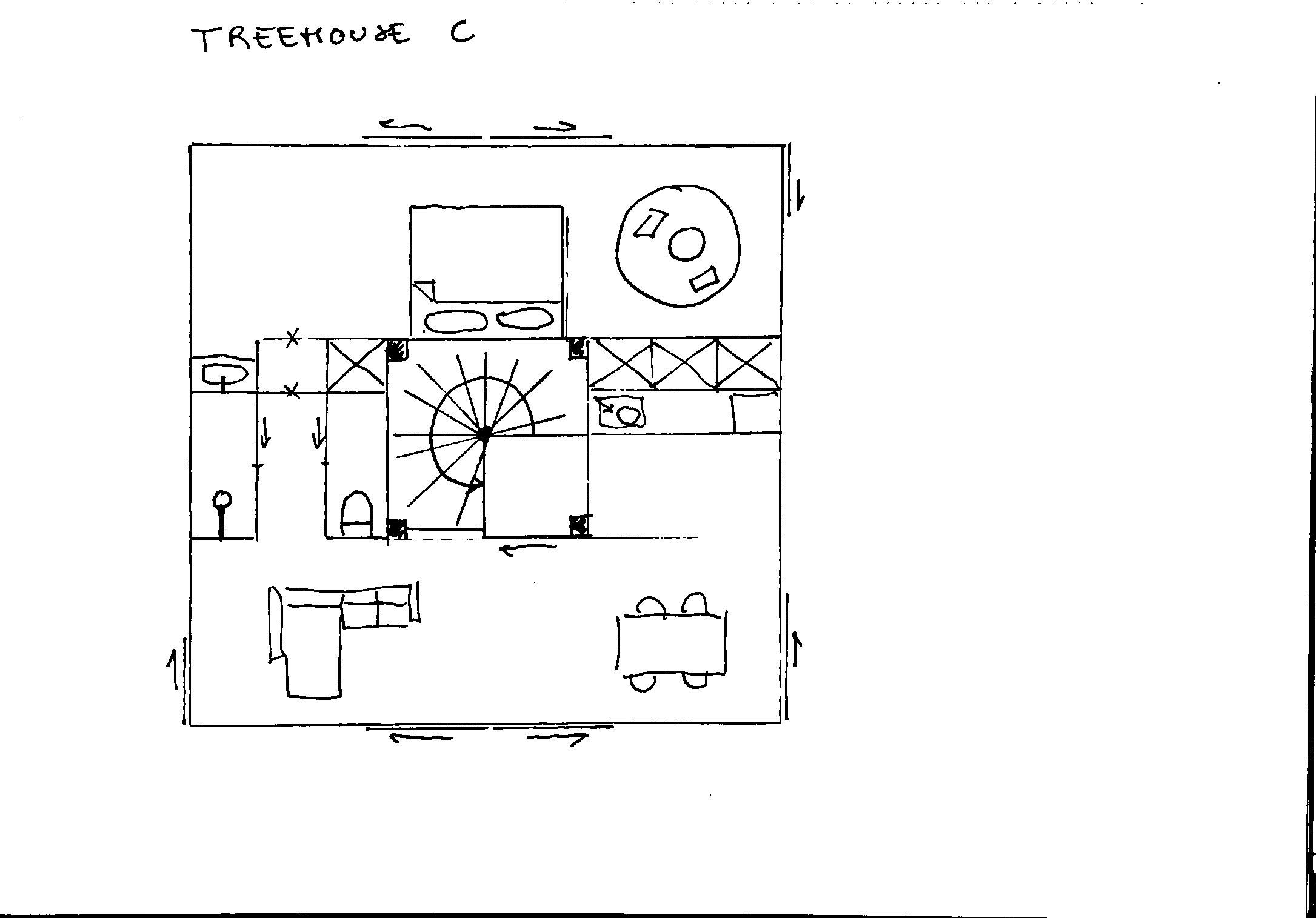
One of the standout features of Grün Resort is its stunning architecture, designed by Stilt Studios, a company renowned for creating sustainable and innovative living spaces. The resort showcases their Treehouse Villas, elevated on stilts to reduce ground impact and provide breathtaking views of the surrounding greenery. Built using reclaimed wood and recycled materials, these villas reflect Stilt Studiosʼ commitment to eco-friendly construction and a minimal environmental footprint. The resortʼs centerpiece, The Octagon, serves as a versatile space for breakfast and yoga sessions, with its open-plan, octagonal design allowing natural light and ventilation to flow seamlessly. Stilt Studios' use of prefabricated elements reduces construction waste while enhancing sustainability, perfectly aligning with Grün Resort's ethos of harmonious living with nature. Staying in these thoughtfully designed spaces made the experience even more enriching, combining luxury, comfort, and environmental responsibility.
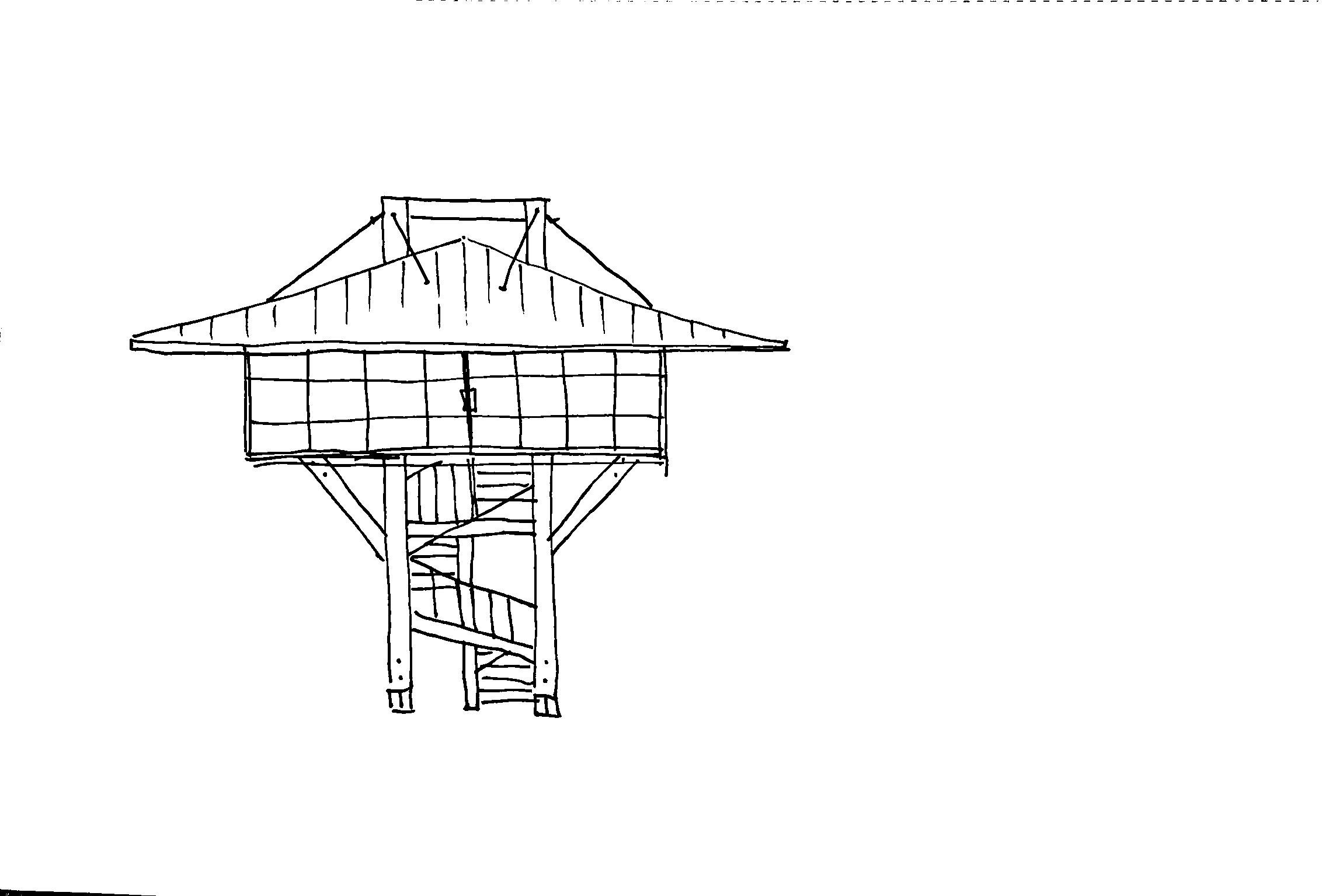
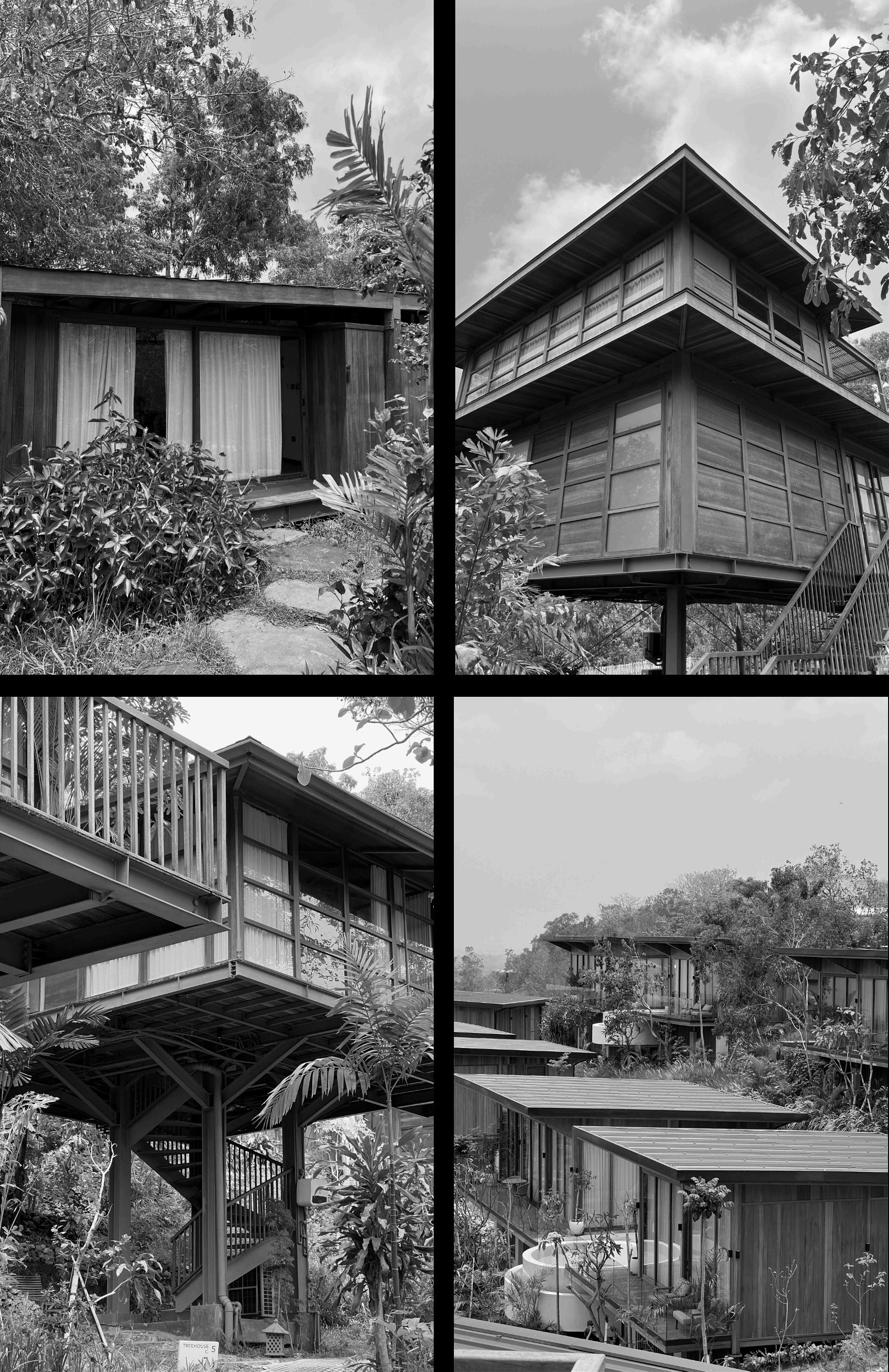
Uluwatu Temple
Uluwatu Temple, or Pura Luhur Uluwatu, is one of Baliʼs most iconic sea temples, perched dramatically on a steep cliff 70 meters above the Indian Ocean. This ancient temple, believed to date back to the 10th century, is dedicated to the sea gods and holds great spiritual significance for the Balinese people. The temple is a masterpiece of traditional Balinese architecture, blending seamlessly with the rugged natural surroundings. Visitors flock here not only for its cultural and religious importance but also to witness the breathtaking sunsets that transform the sky and ocean into a vibrant canvas.
However, exploring Uluwatu Temple comes with an unusual challenge: its cheeky and unpredictable monkeys. These long-tailed macaques are notorious for their cunning behavior, often snatching sunglasses, hats, and even phones from unsuspecting visitors. While their antics can be amusing, they require visitors to remainvigilantandsecuretheirbelongings.Localsoftenoffertoretrievestolenitems in exchange for a small tip, showcasing their familiarity with the mischievous primates. Despite their unpredictable behavior, the monkeys are an integral part of the temple's charm, adding a lively and humorous element to this serene and spiritual destination.
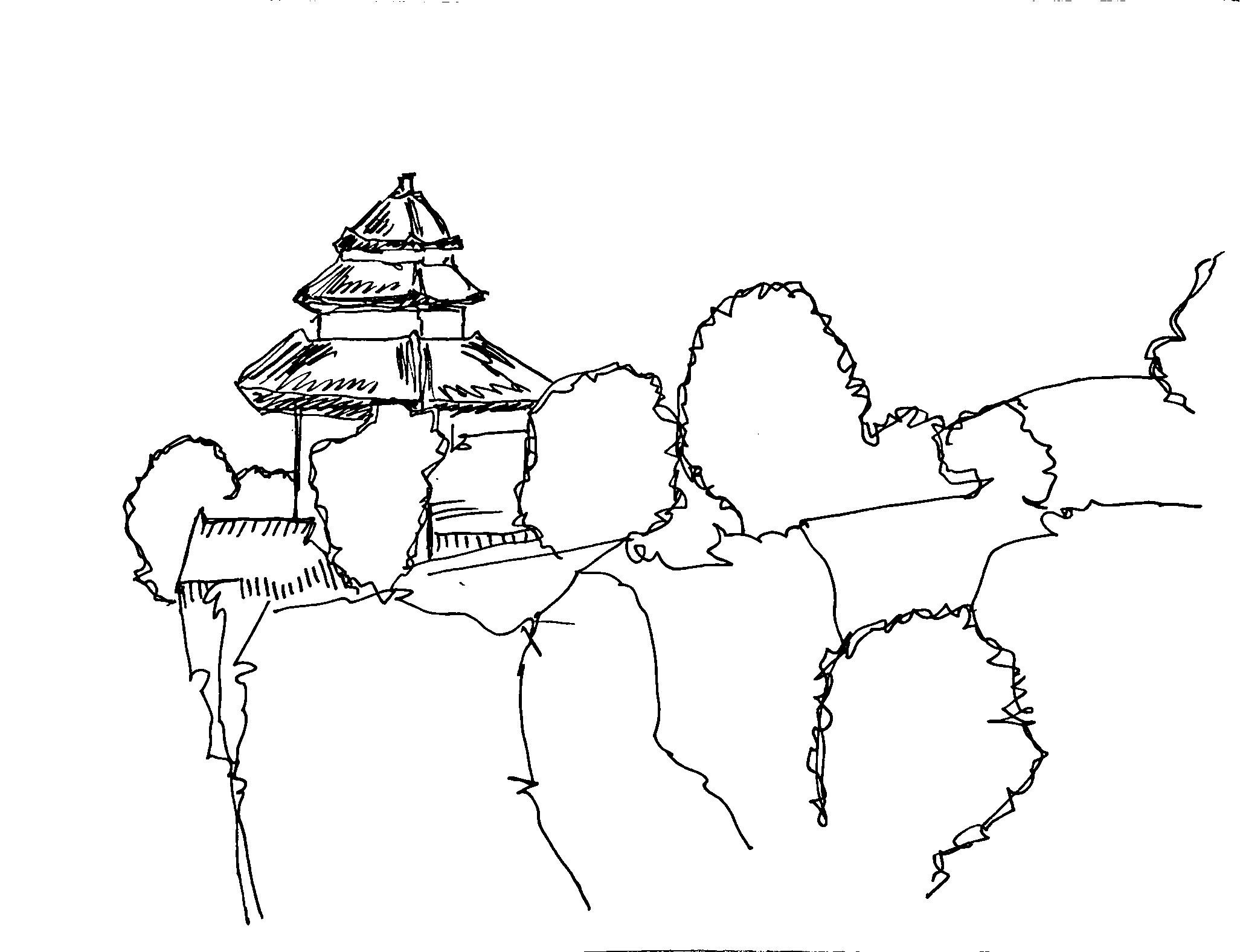
Kecak Dance
During my visit to Uluwatu Temple at sunset, I experienced the mesmerizing Kecak Dance, a traditional Balinese performance set against the stunning backdrop of the Indian Ocean. Kecak Dance, also known as the "Monkey Chant," is a unique form of Balinese dance-drama that originated in the 1930s. It combines traditional trance rituals with artistic storytelling, often depicting scenes from the Hindu epic, the Ramayana. The story follows Prince Rama, his wife Sita, and the monkey god Hanuman in their quest to defeat the demon king Ravana. Performed entirely by a malechorus,thedancerssitinconcentriccircles,usingtheirvoicestocreaterhythmic and dynamic soundscapes.
The performance takes place in an open-air amphitheater, designed to enhance the sound experience for the audience. The circular shape and tiered seating reflect and project sound naturally, allowing the rhythmic chanting of "cak-cak-cak" to travel evenly across the space. This is achieved through the amphitheater's curved structure, which minimizes sound loss and ensures clarity. The performers' voices resonate throughout the venue, making it possible for even the farthest spectator to feel fully immersed in the performance. The acoustics of the amphitheater not only amplify the sound but also add a sense of connection to the cultural storytelling.
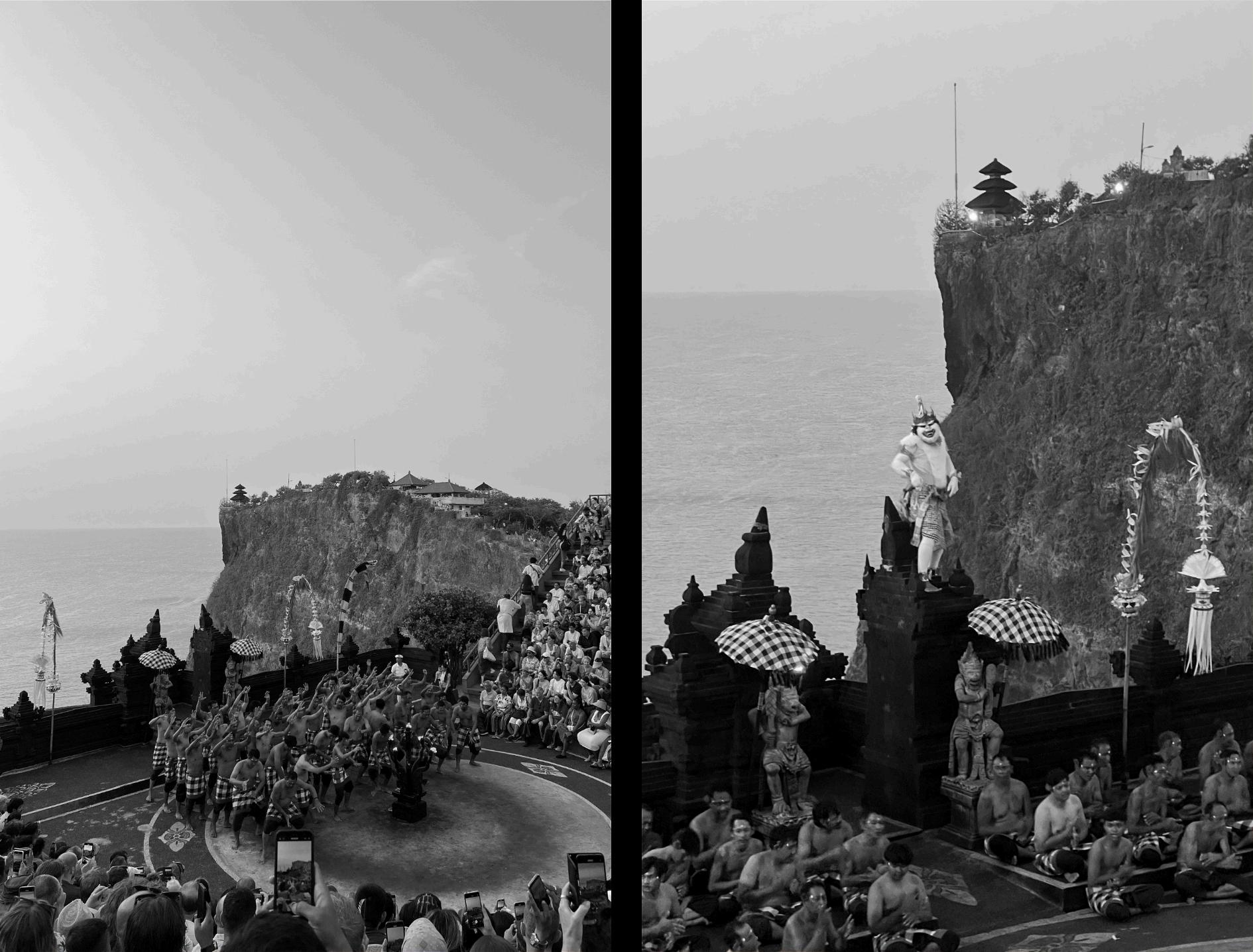
Reflecting on my time in Bali, Lombok, the Gili Islands, Ubud, andtheunforgettabledaysspentonaboatexploringKomodo, Iamoverwhelmedwithgratitudefortheincredibleexperiences and the remarkable people who made my journey so special. From the tranquil beauty of Ubudʼs rice terraces and the pristine beaches of Lombok to the vibrant marine life surrounding the Gili Islands, every moment felt like a connection to natureʼs wonders. The days aboard the Komodo boat were particularly transformative — waking up to endless horizons, visiting untouched islands, and witnessing the majestic Komodo dragons in their natural habitat. Exploring sustainable designs, crafting silver keepsakes, and embracing the balance between tradition and modernity deepened my appreciation for this region. Above all, the warmth, kindness, and sincerity of the people I met along the way made this adventure truly unforgettable. I leave with a heart full of gratitude and memories that will inspire me for a lifetime.
Terima kasih!
Udayana University 2024
Raimond Vool
